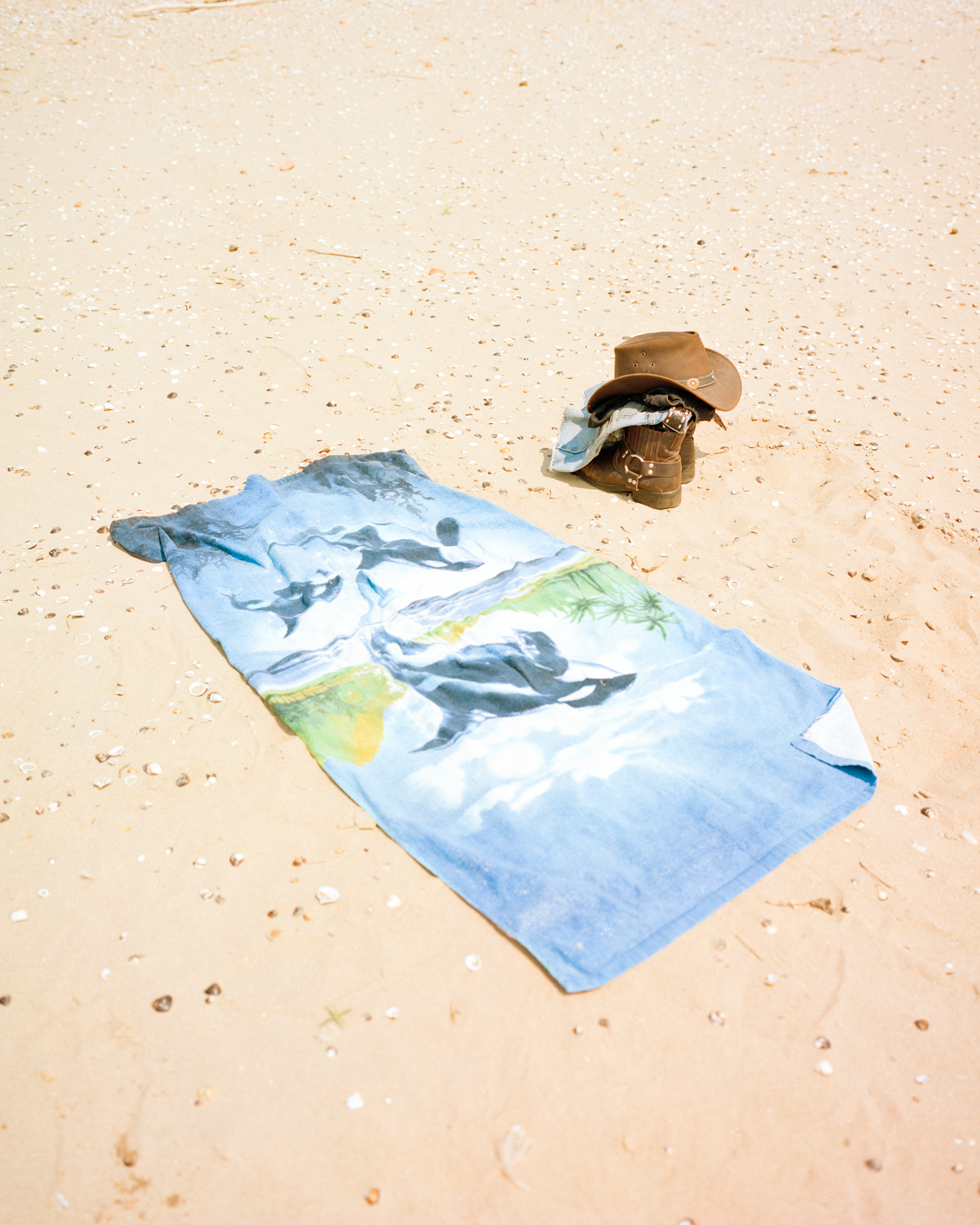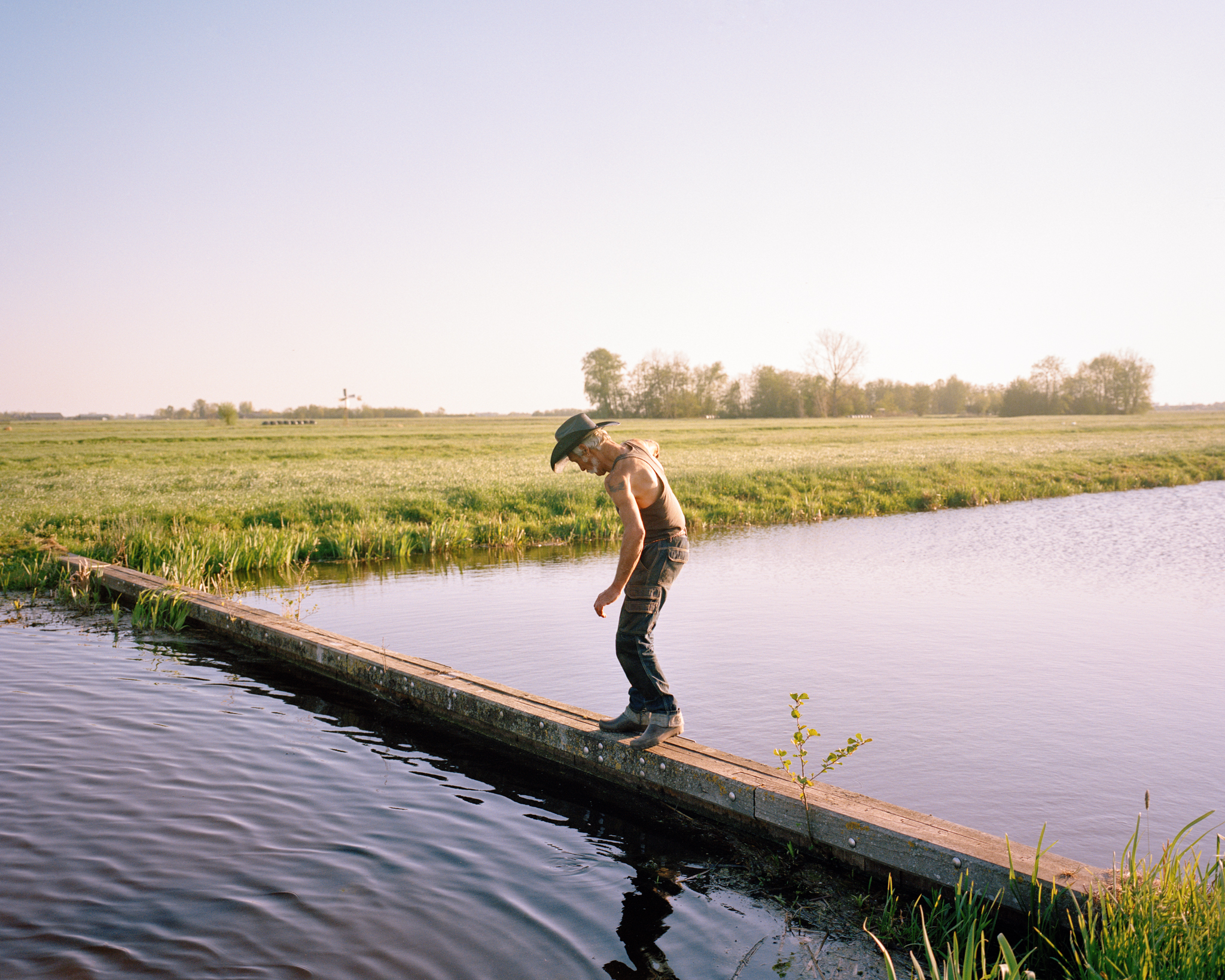The magical power of forgotten plants.
They were always there for me.
Every path I walked, every road I took, they were standing right beside me. And yet I didn't know their names or where they came from. Their beauty sometimes asked for my attention, but I mostly took them for granted. Always rushing, always running. Luckily they didn't give up and stayed there, persistent and strong as they are, waiting until one day I would see them, really see them.
At a point in my life when I felt so stressed and burned out that I had to slow down, finally they started to catch my attention. Step by step a new world awoke before my eyes. A world full of life and energy, vulnerability and strength. Of smells and tastes and a natural beauty that no artist could create. A world full of edible and medicinal plants! How could I have ignored them for so long?
All these plants are unique and essential in their own way. Now I know their names and stories, they have become kin to me. I want to take care of them, as they will take care of me. From now on I will greet them back. Knowing that they will always be there for me, if only I keep seeing them.
And now it is your turn...
to open your eyes to the magical power of plants with all your senses. To explore your surroundings and overcome your plant blindness. It is time for us to get to know the plant world again, just like our ancestors once did.
So go out there and see, smell, taste and touch the wondrous wild world around you! Learn a plant (or more) by name and pass on your knowledge to others. Please don’t forget to always forage with respect for all other living beings.
For this project I have collected 44 common edible and medicinal plants growing in The Netherlands. From every plant I extracted the natural colour from its sap and printed the plant using the old anthotype printing technique. This technique uses only plant sap (which is naturally photosensitive) and sunlight to create a print. Every plant has been printed in its own pigment, eventually showing a forest of natural colours when exhibited together.
These 44 anthotype prints have been published in a card set. Every plant card contains information about the plant on the back, so you can learn their names, unique characters and stories. Included in the card set is a foraging ethics card and 8 empty cards to add new foraged plants yourself.
It is also possible to order an A4 print (copy of original) on watercolour paper to hang on your wall.
Would you like to order the card set for €35,- or an A4 print for €85,-?
Please send an email to sabinerovers@gmail.com.
Stay tuned on Instagram or sign up for my newsletter if you want to follow my journey into the wondrous wild! 🌱
This project is supported by The Mondriaan Fund.
Card design by Klaudia Bogusz.
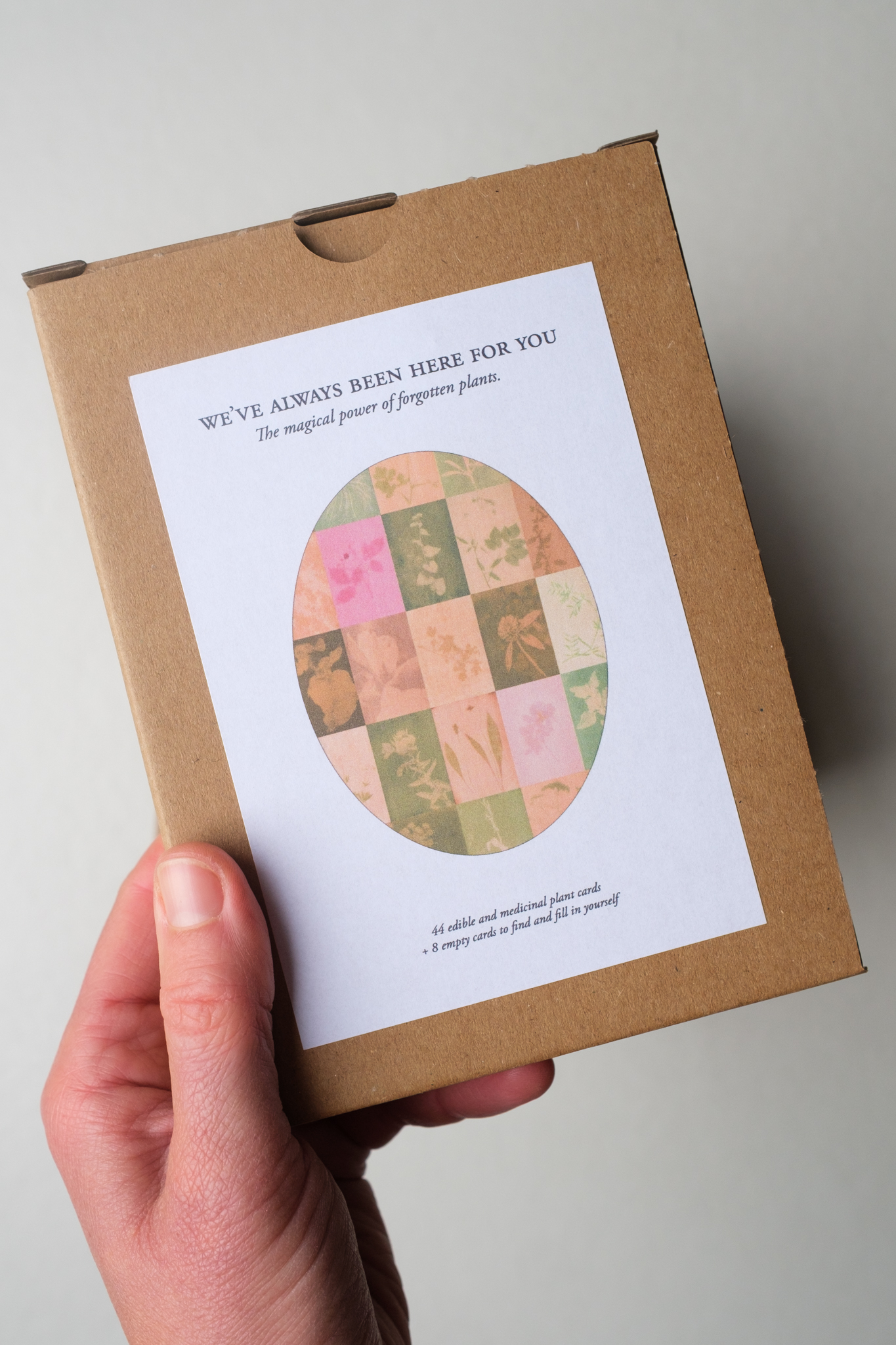
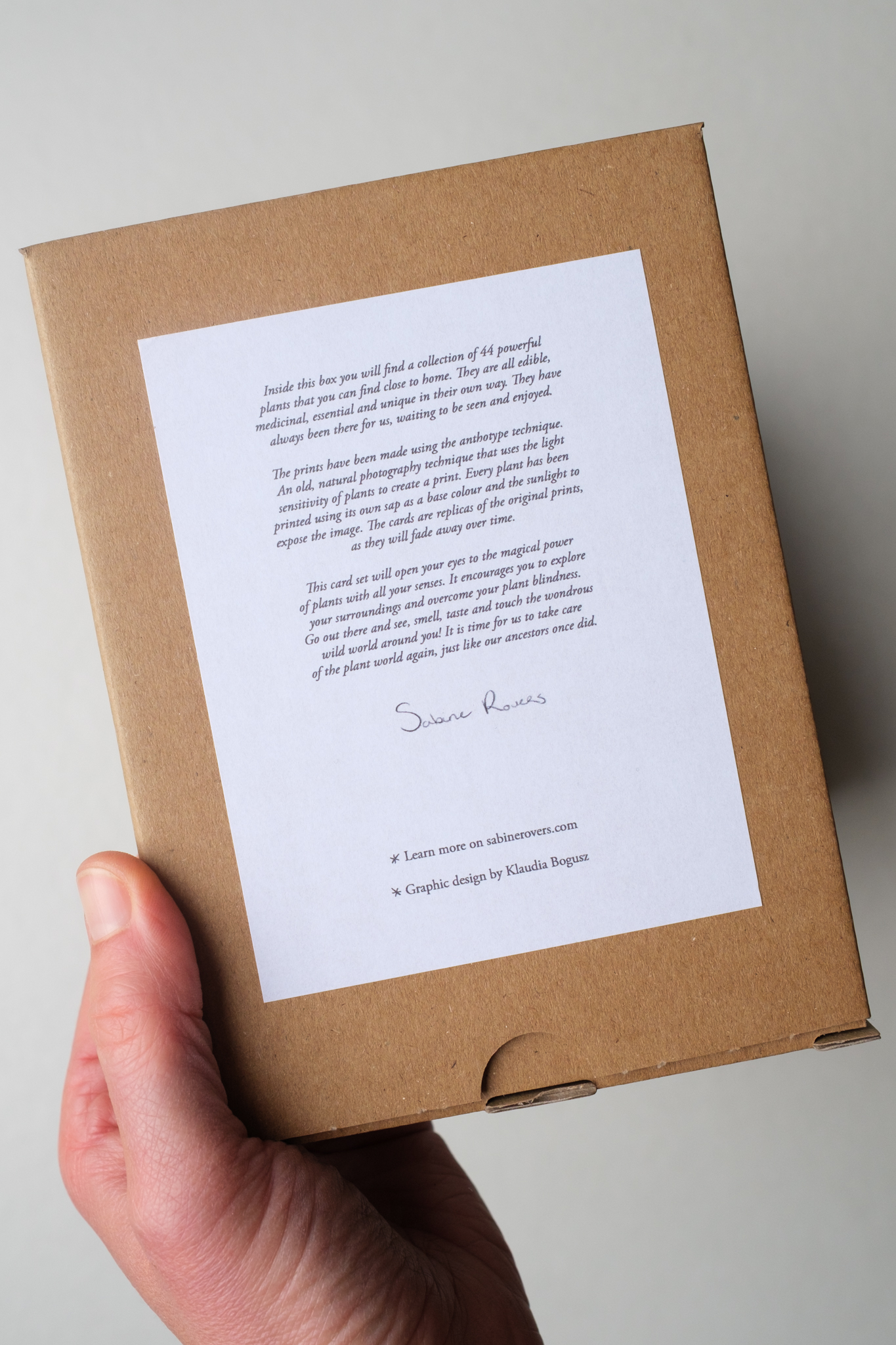
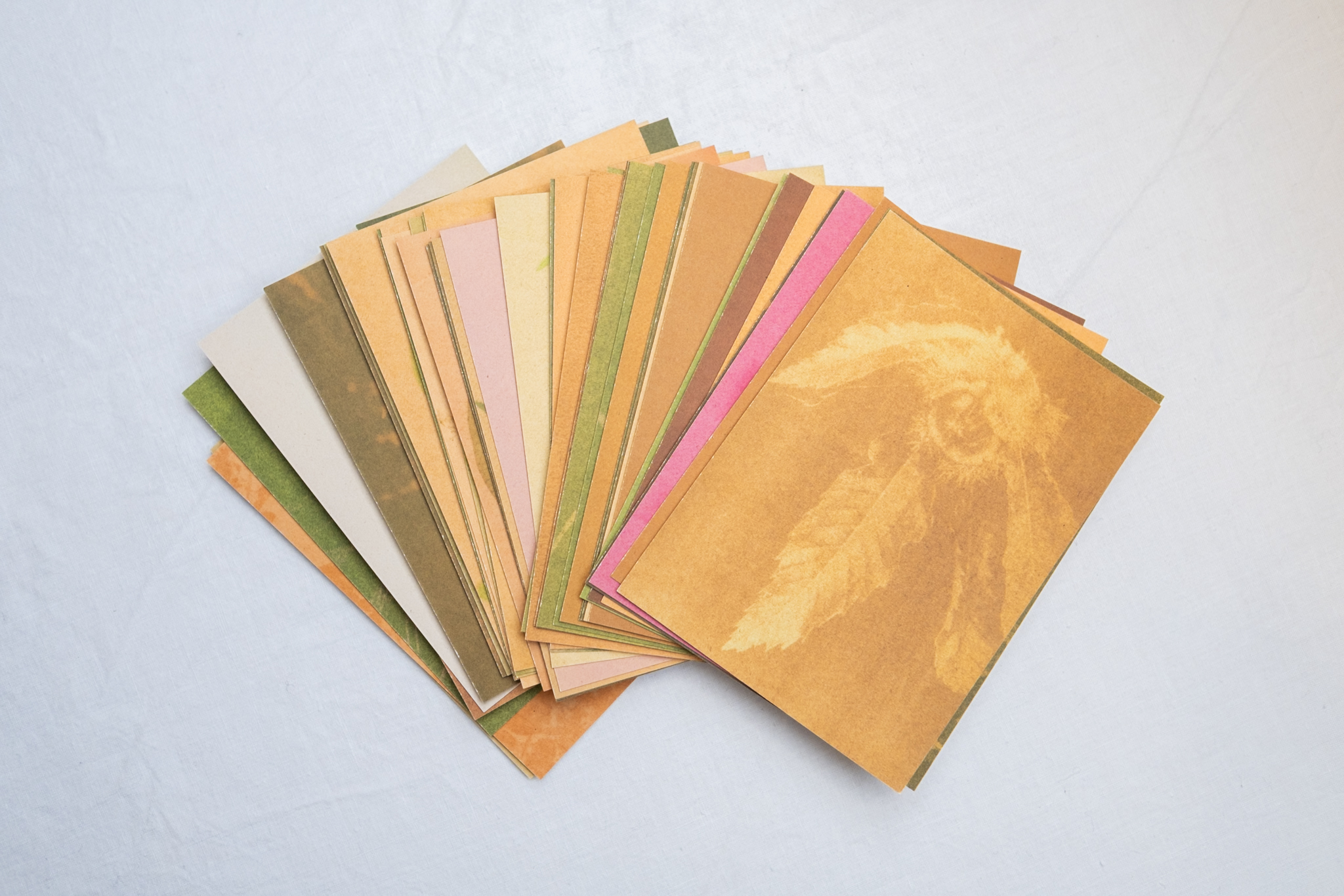
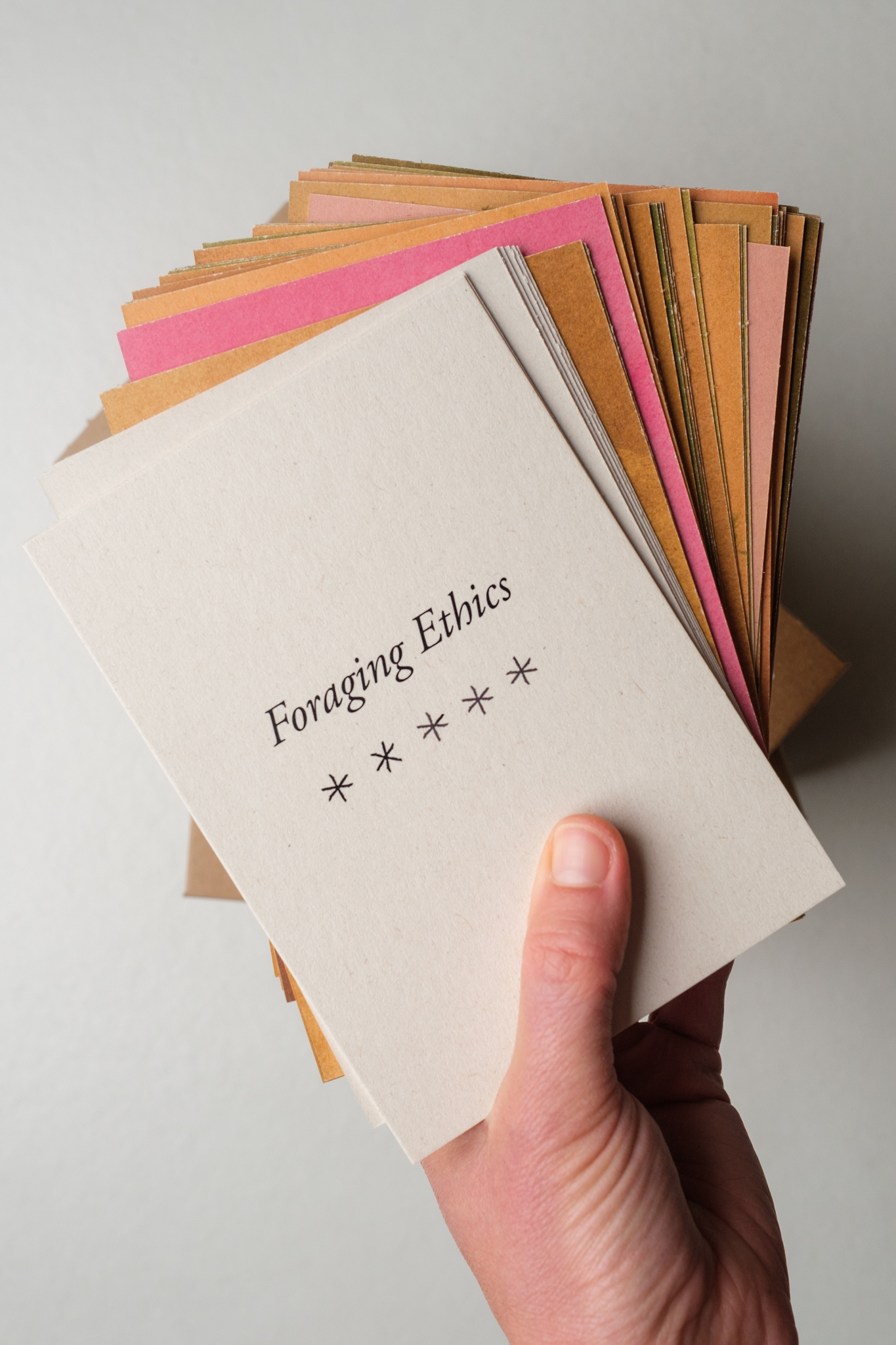
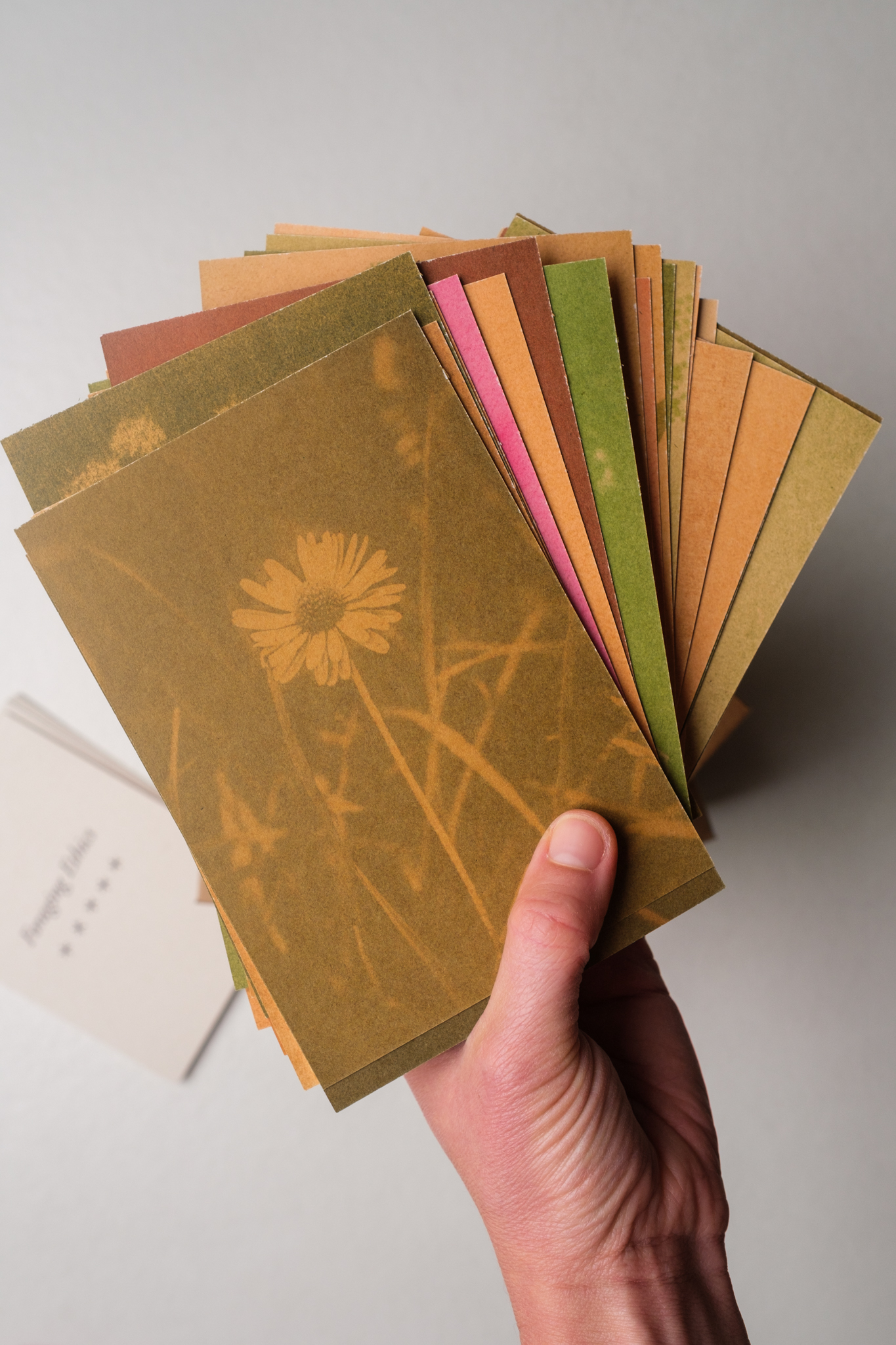











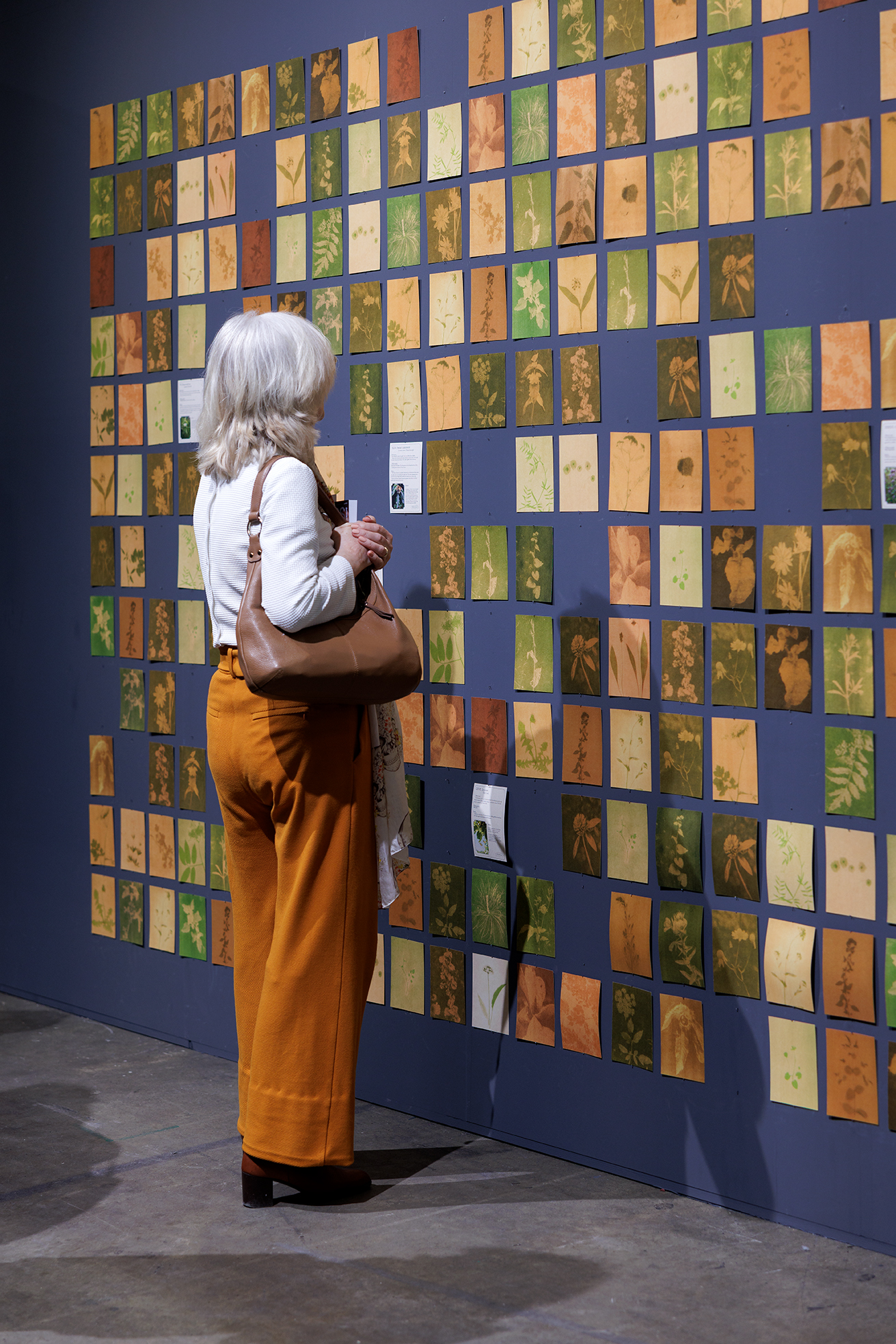
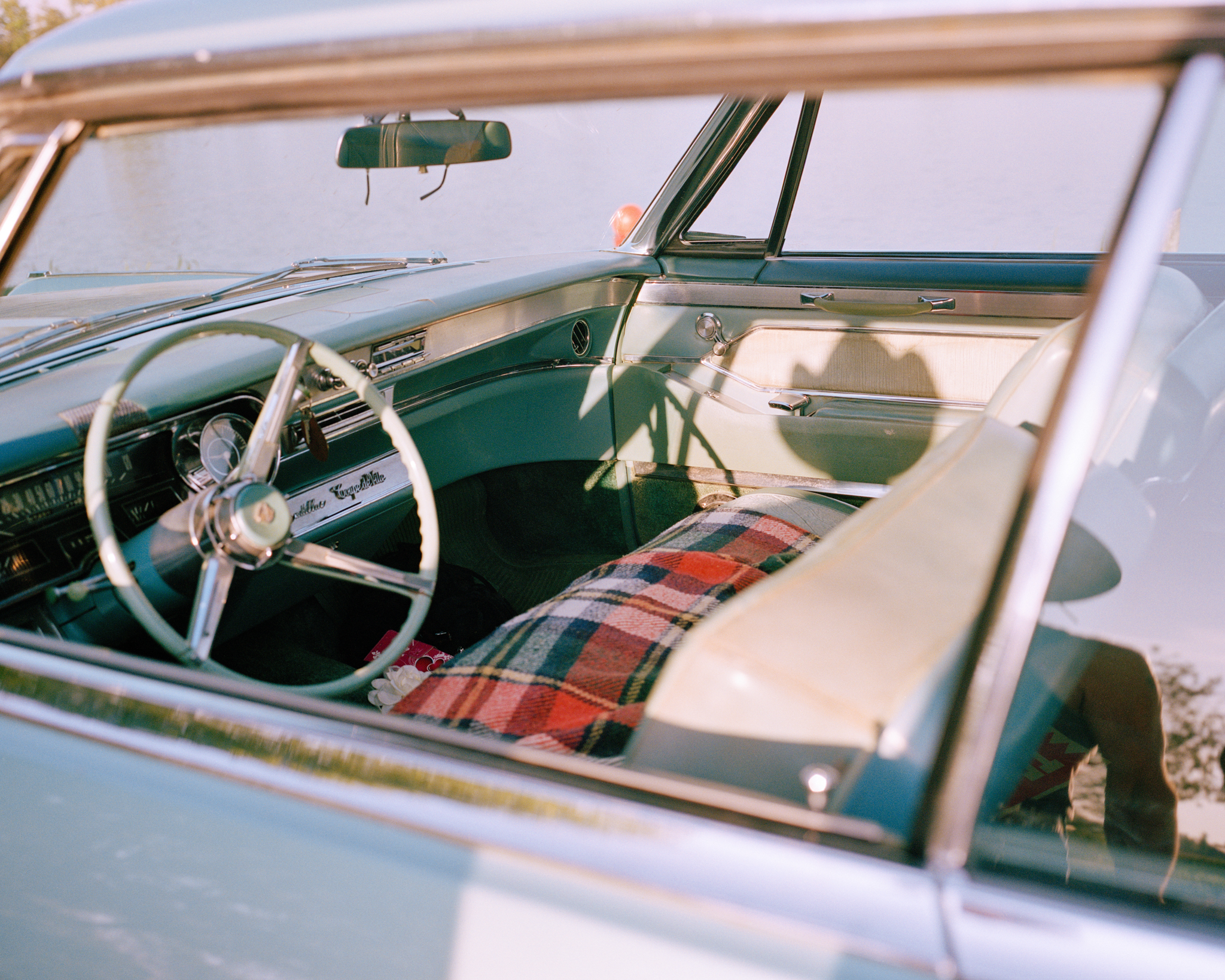
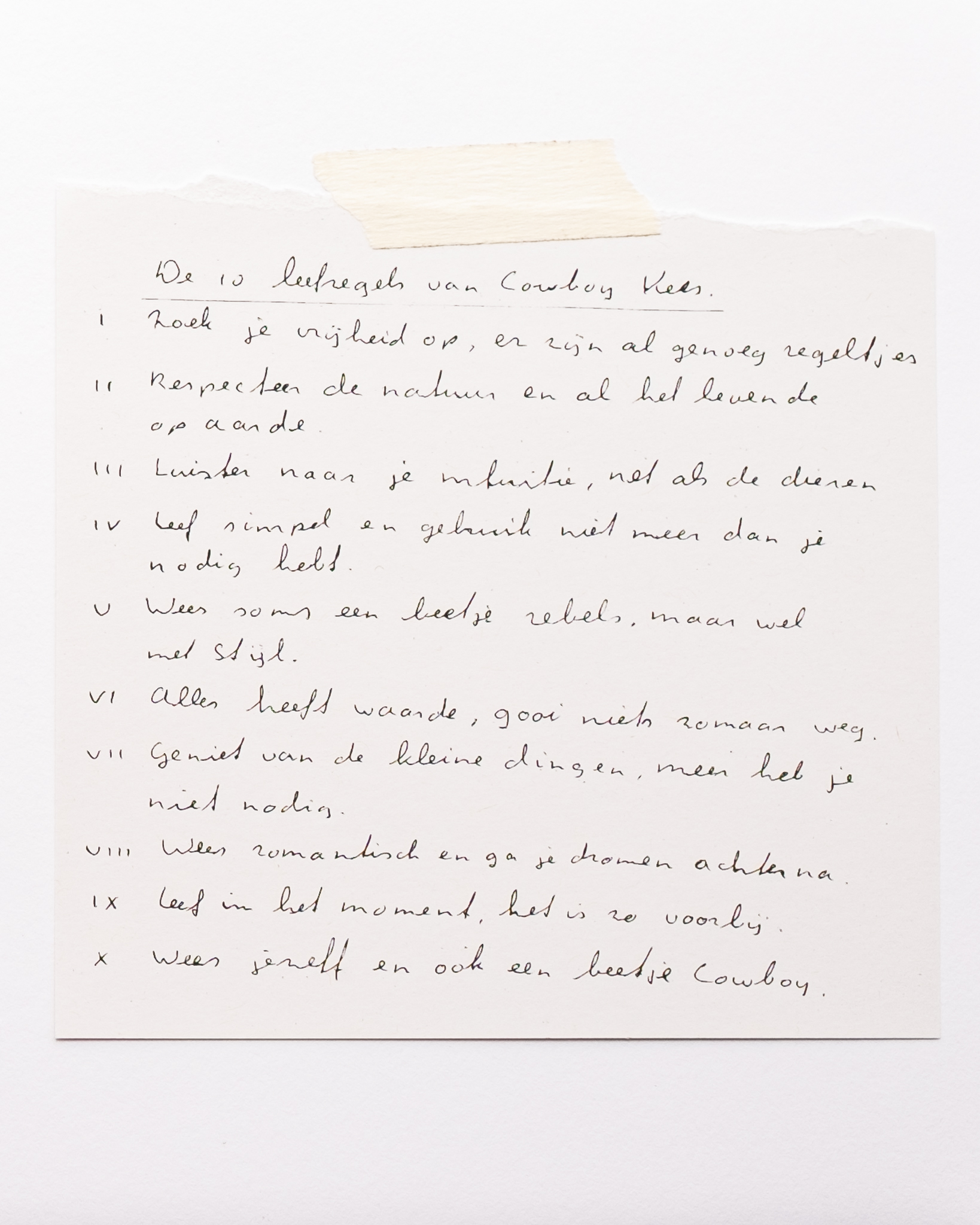

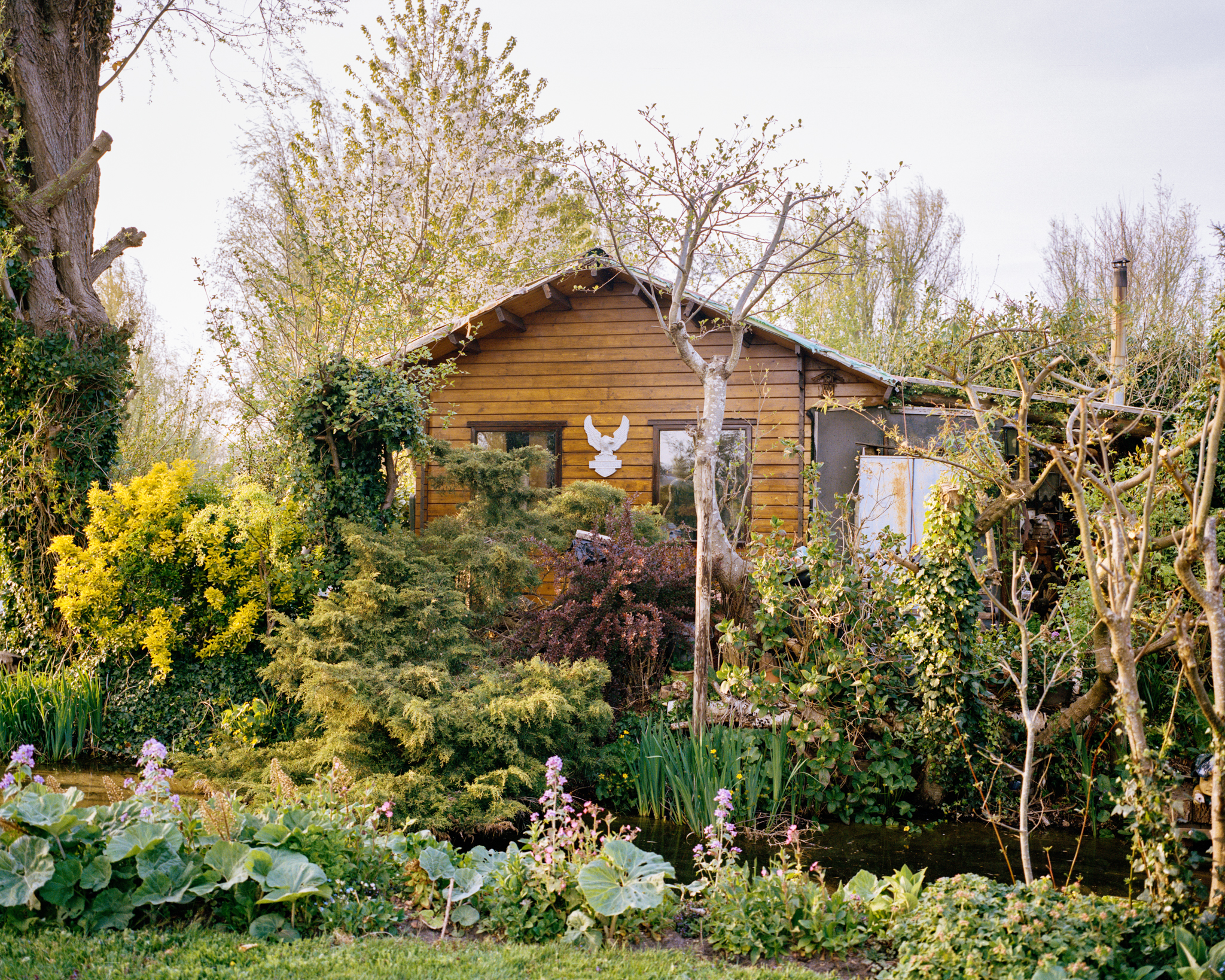
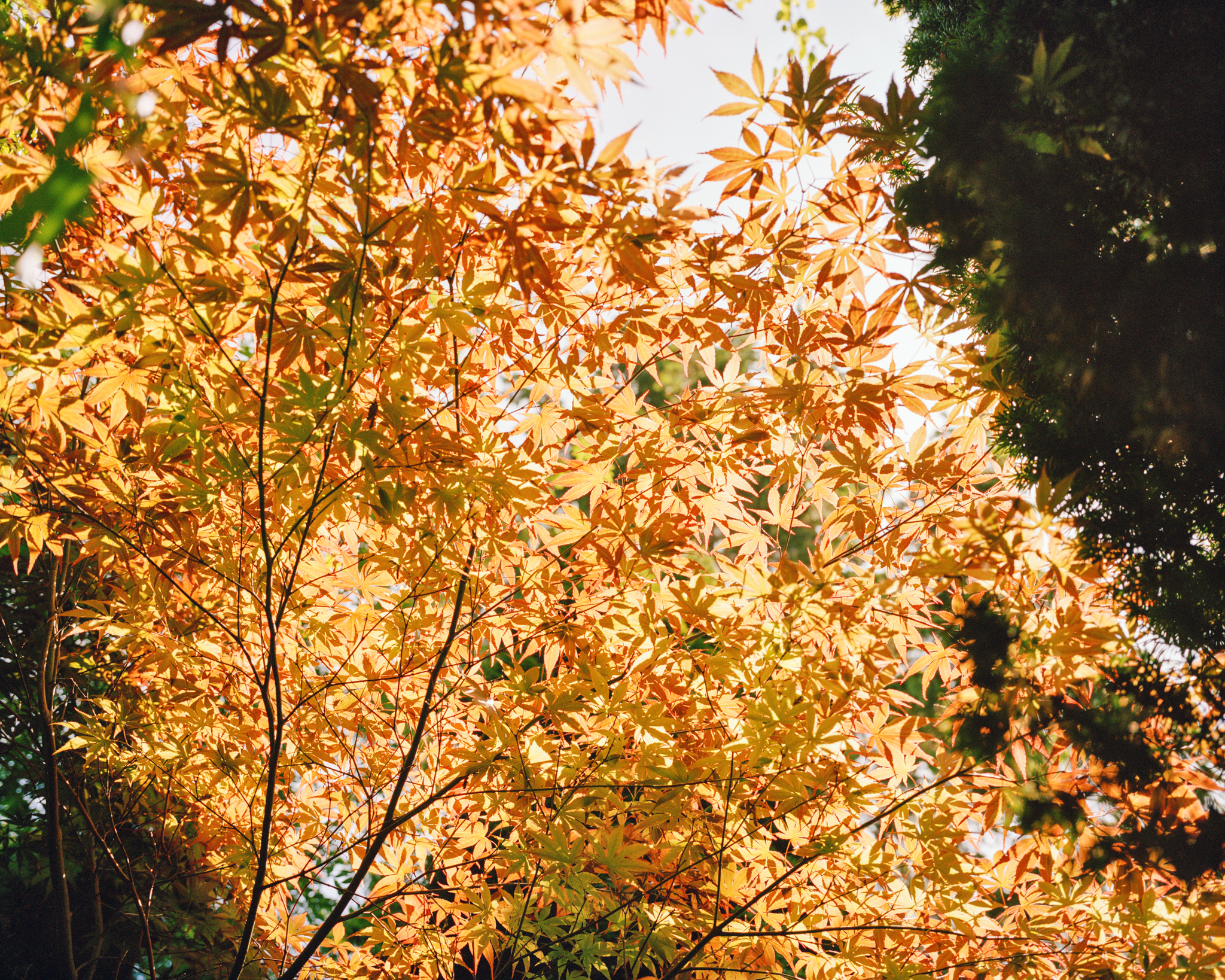
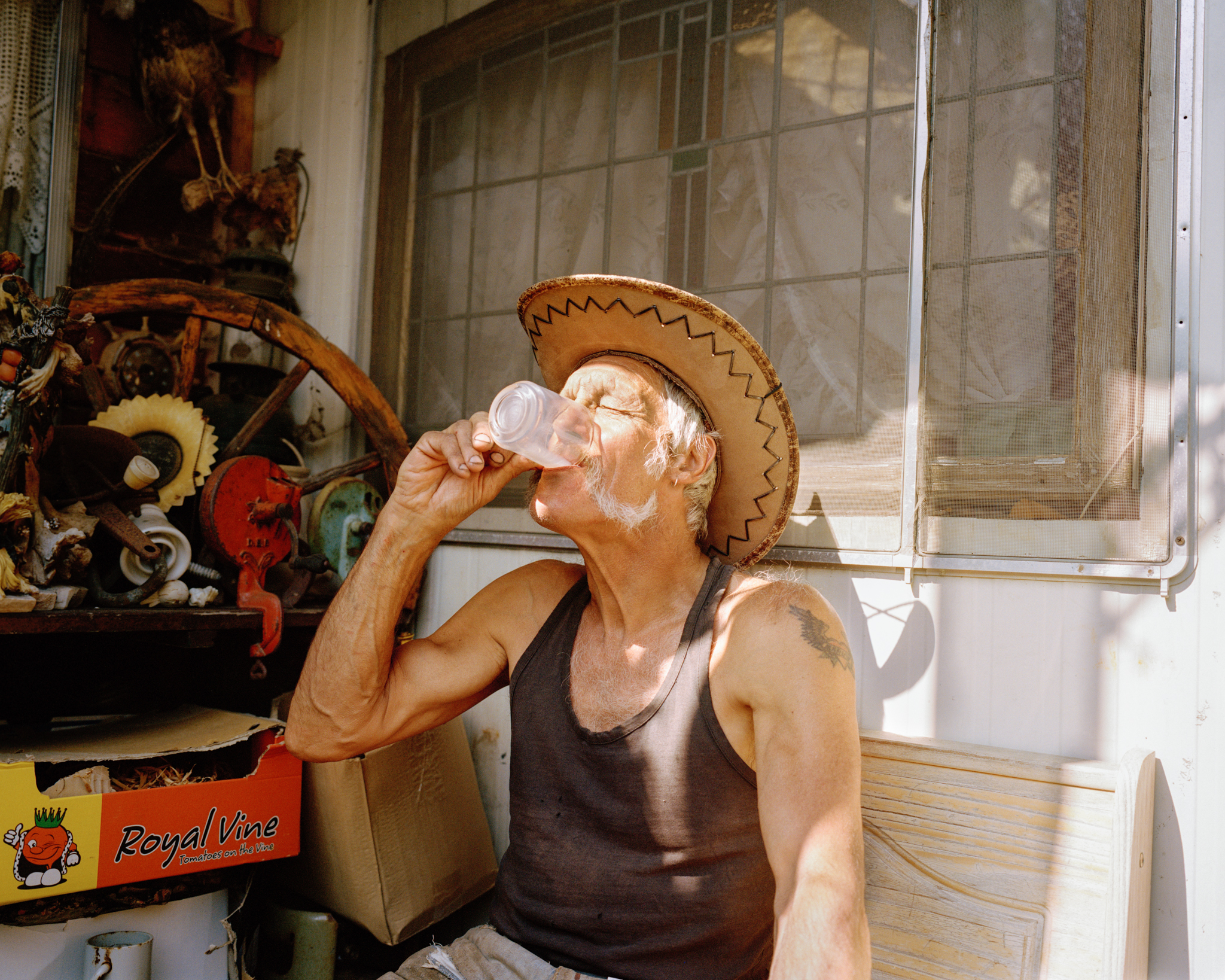


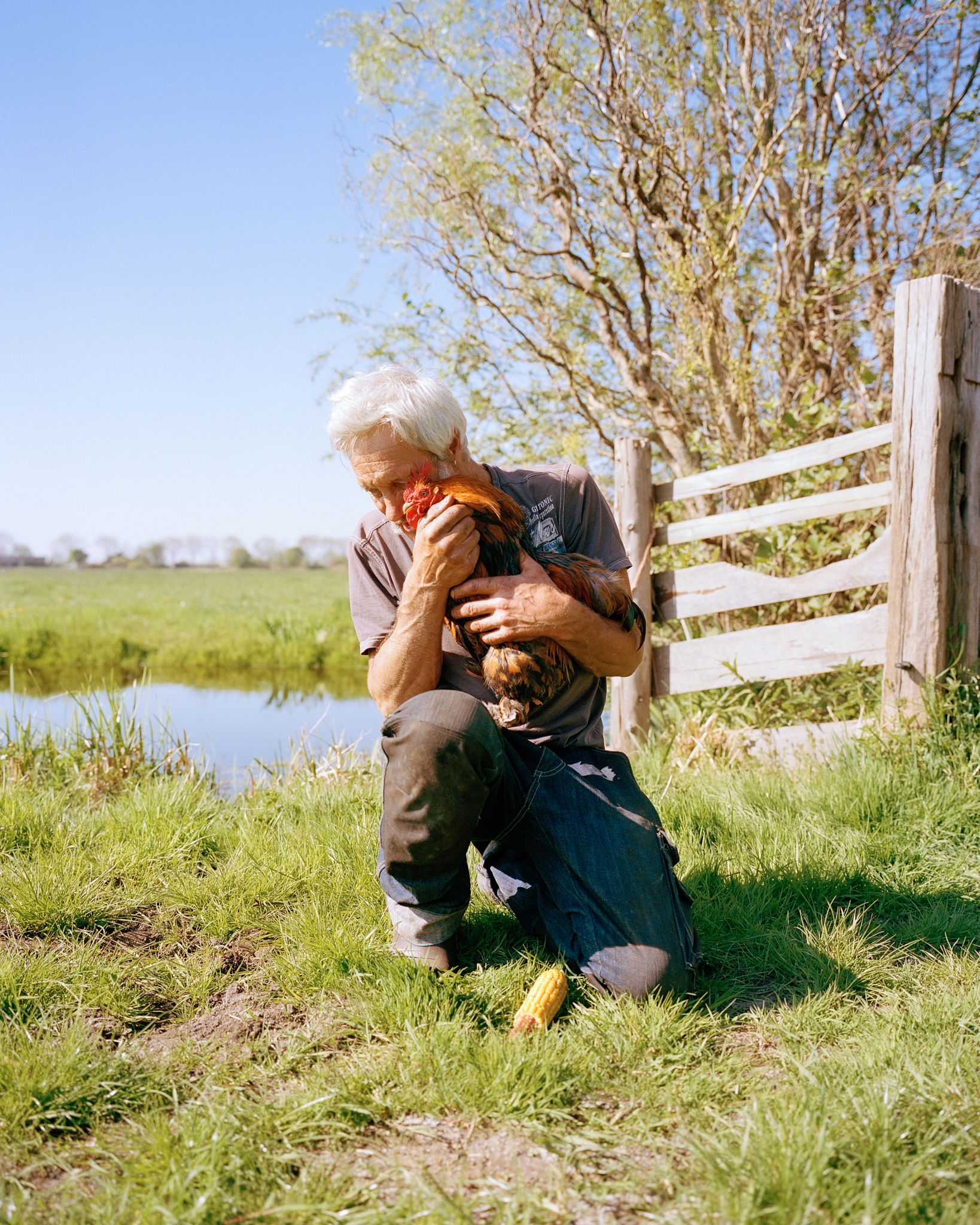

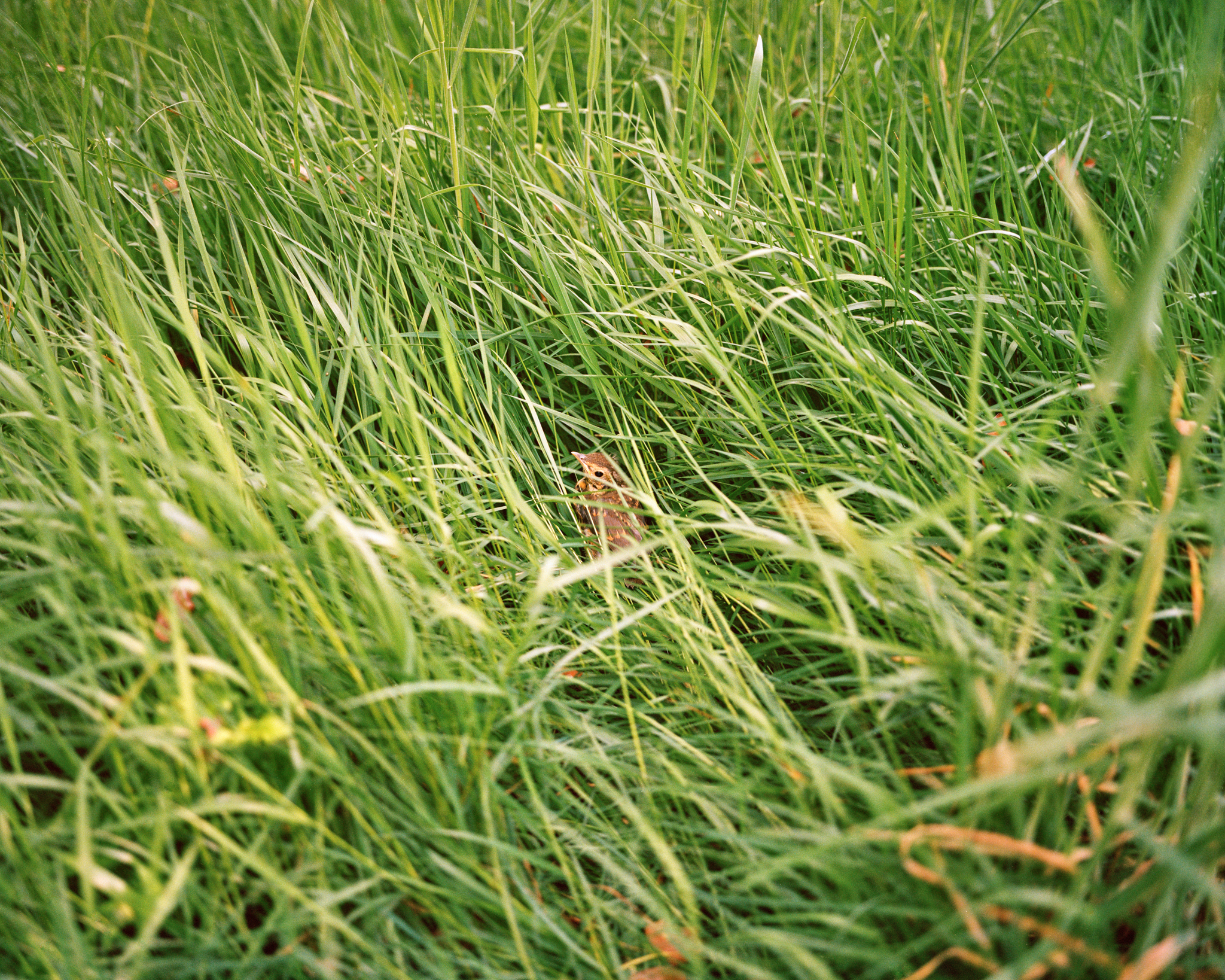
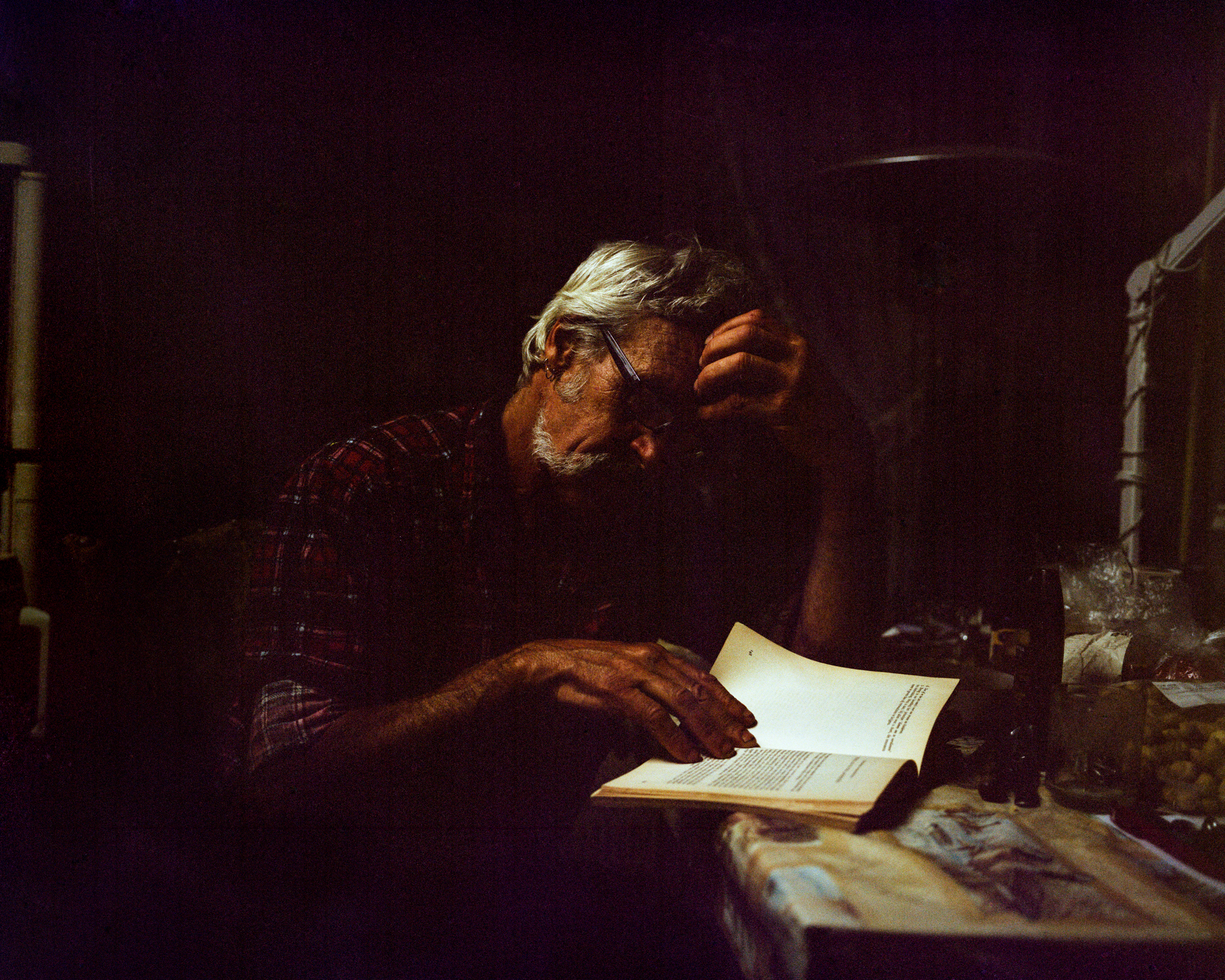

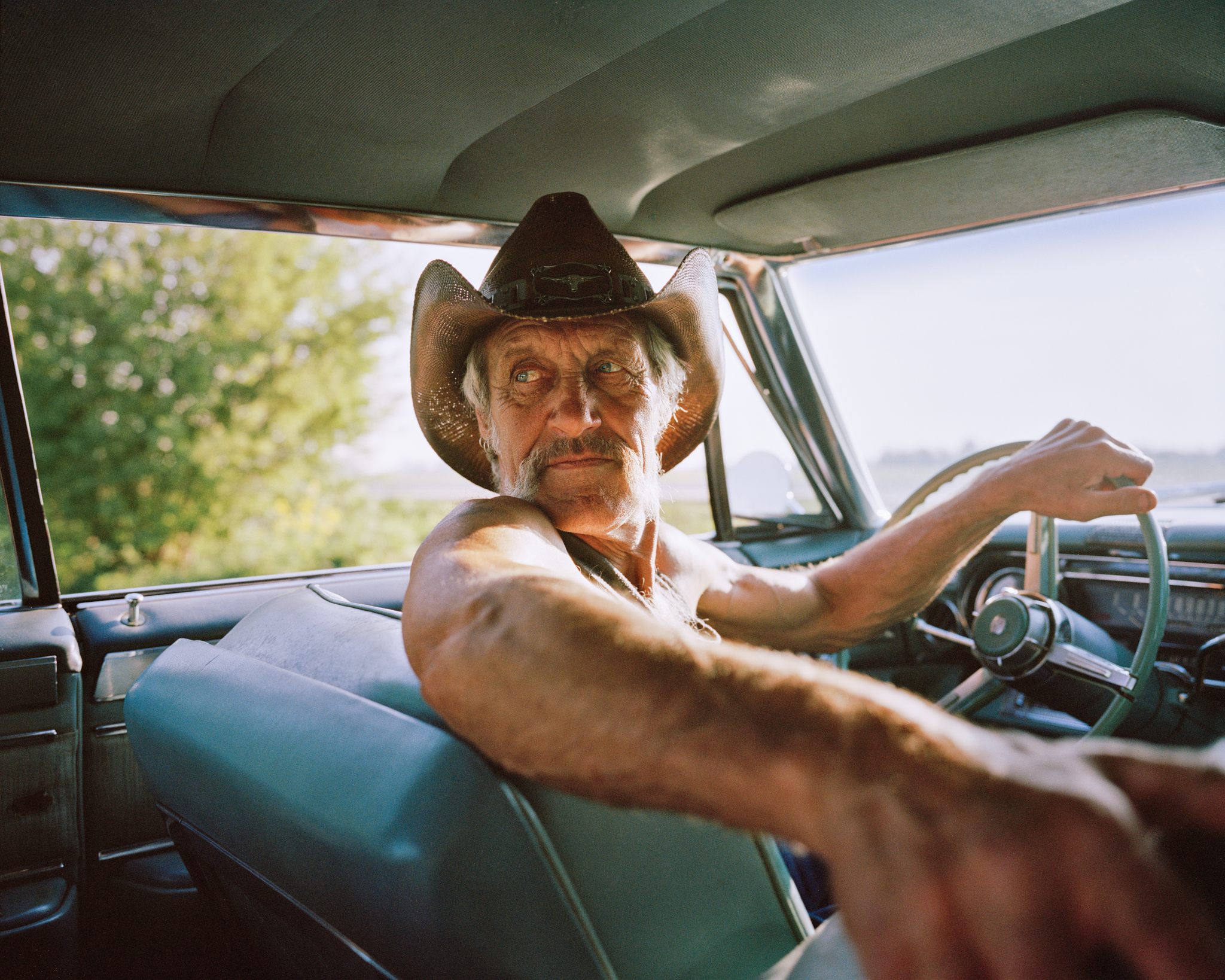
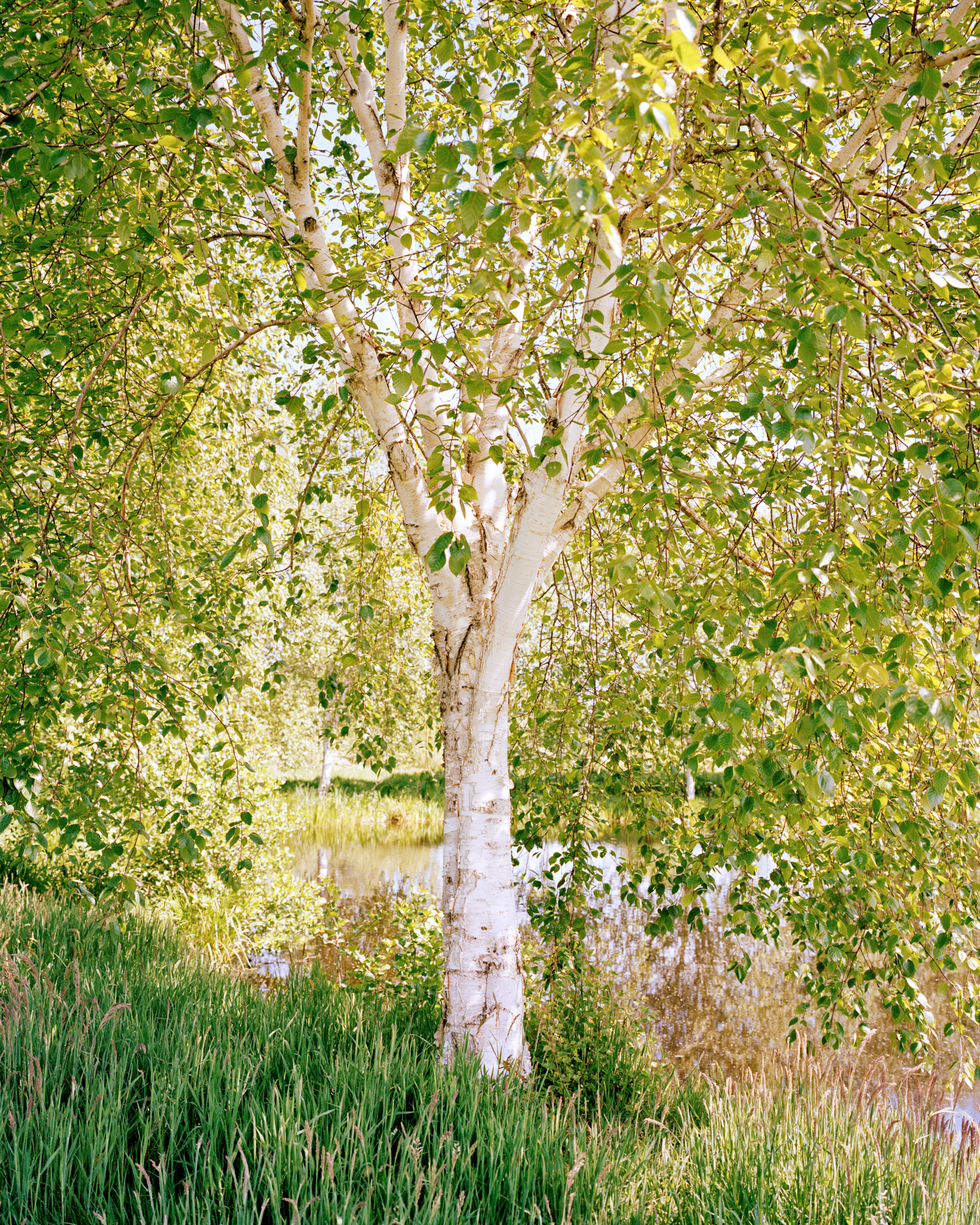
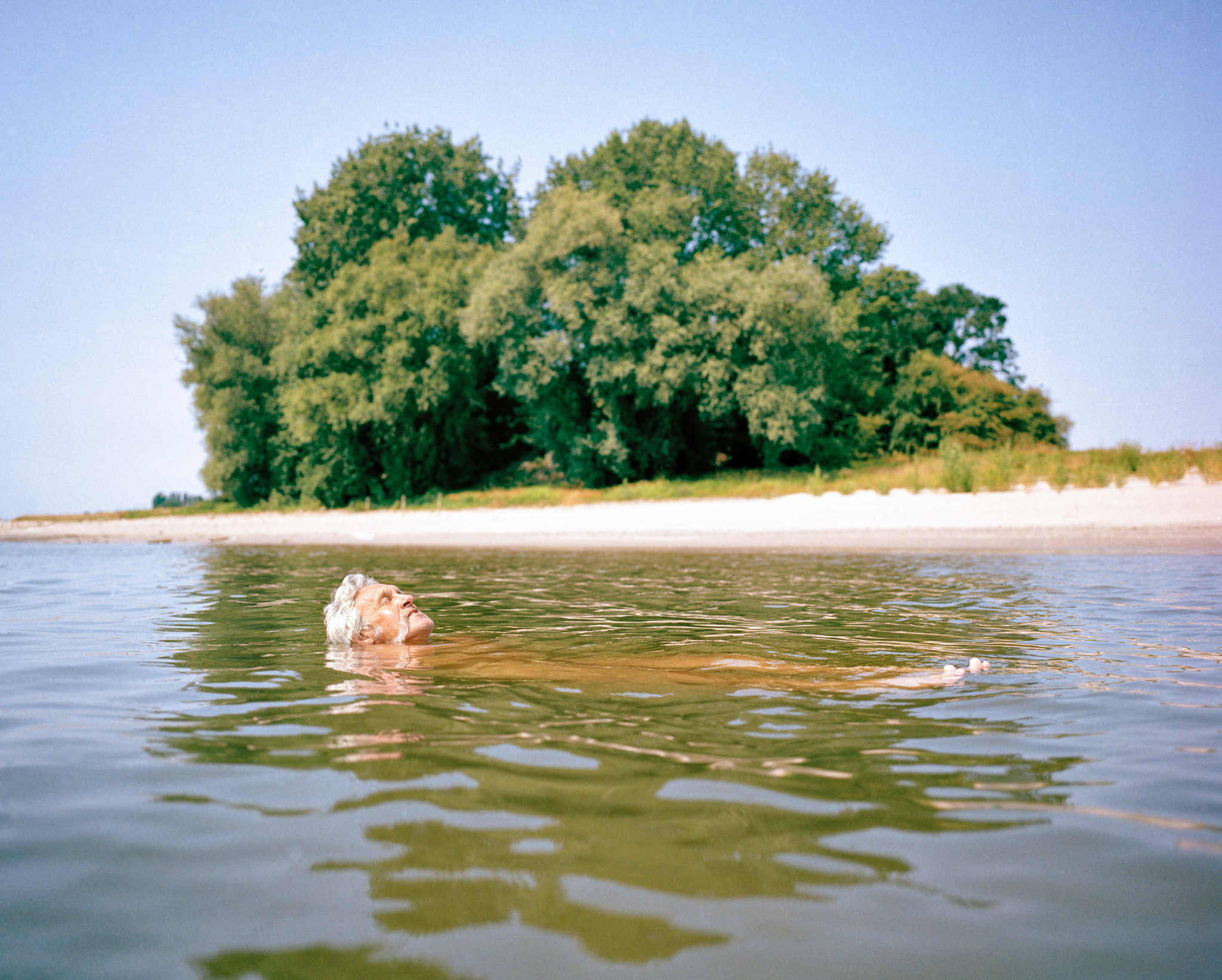
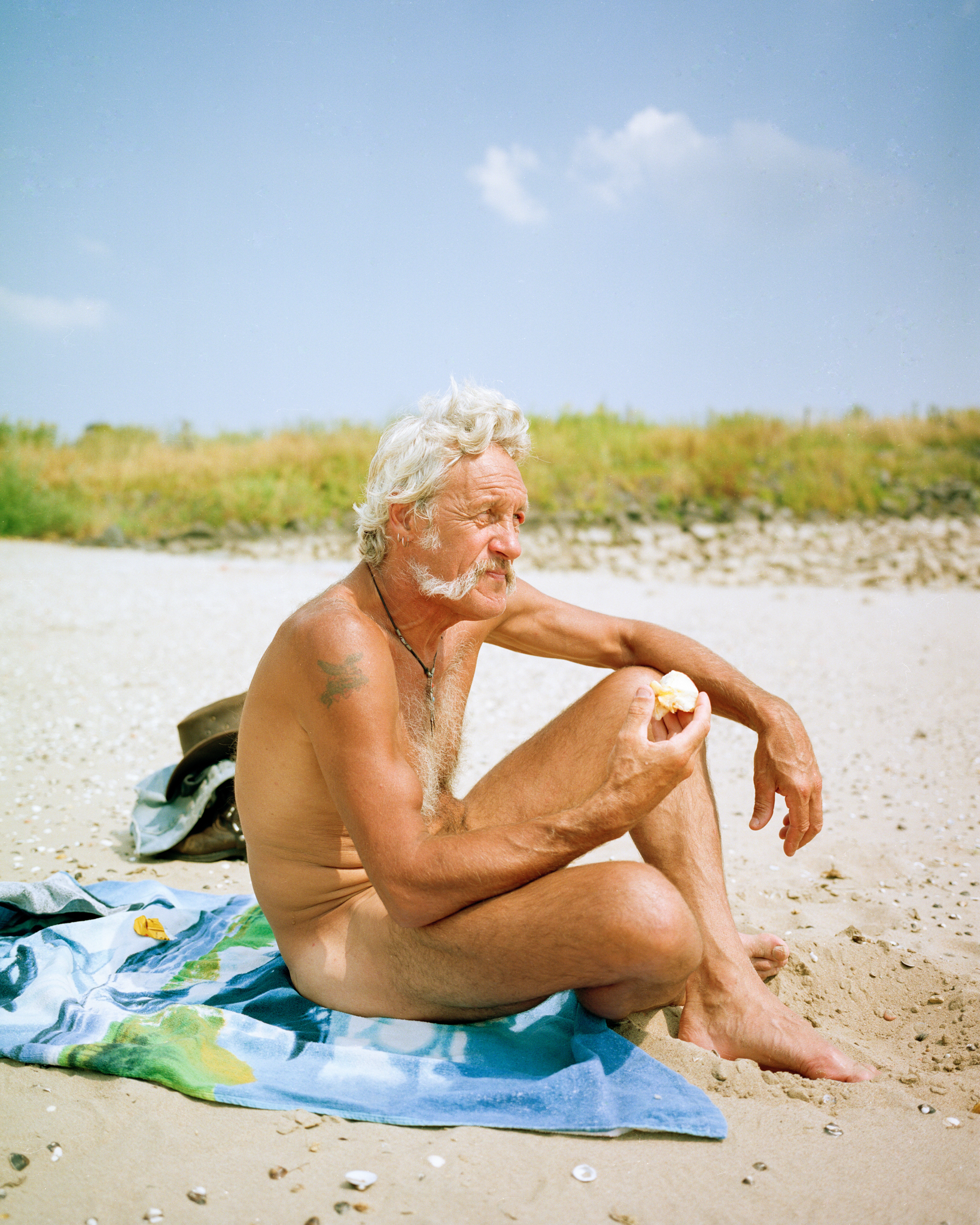


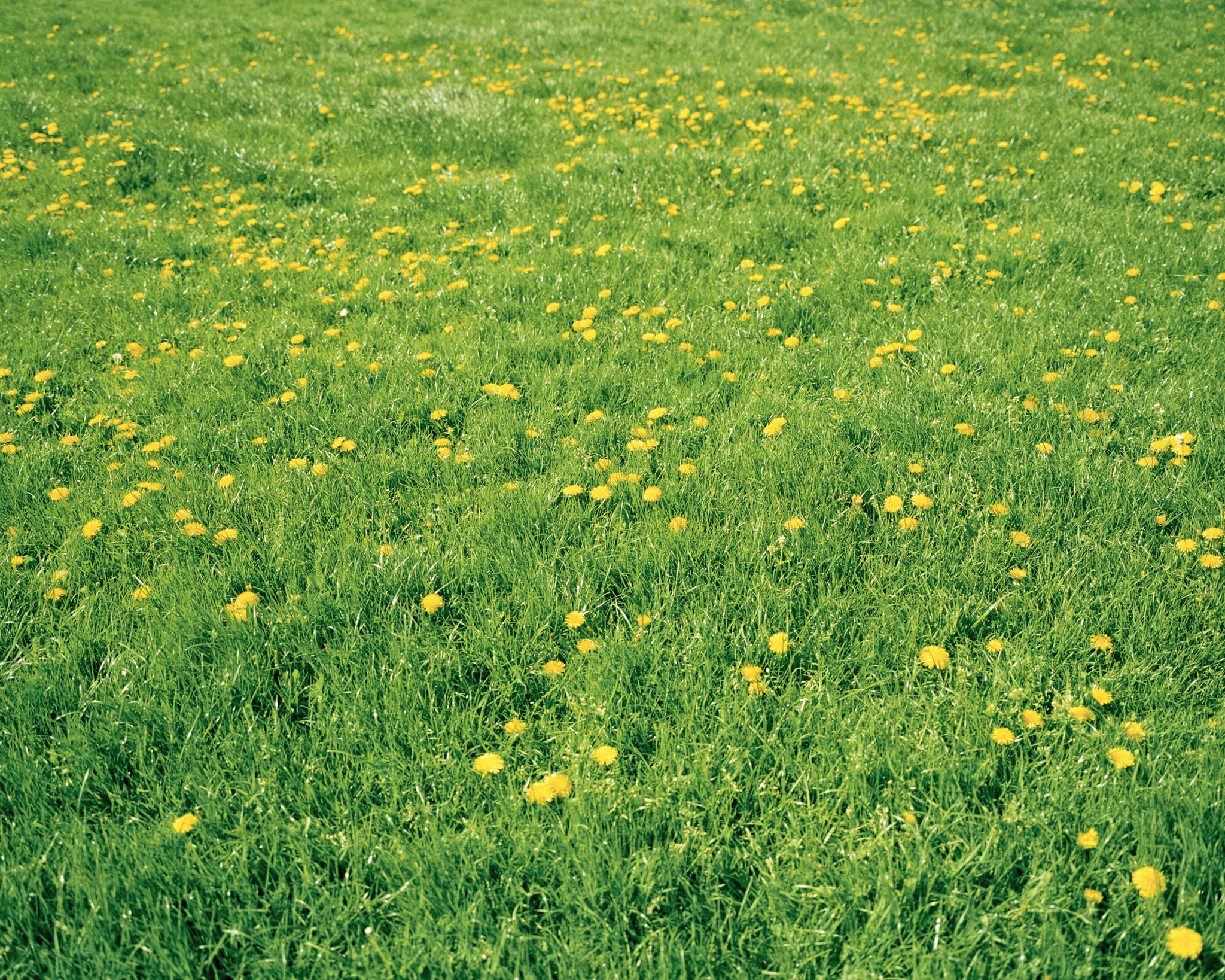
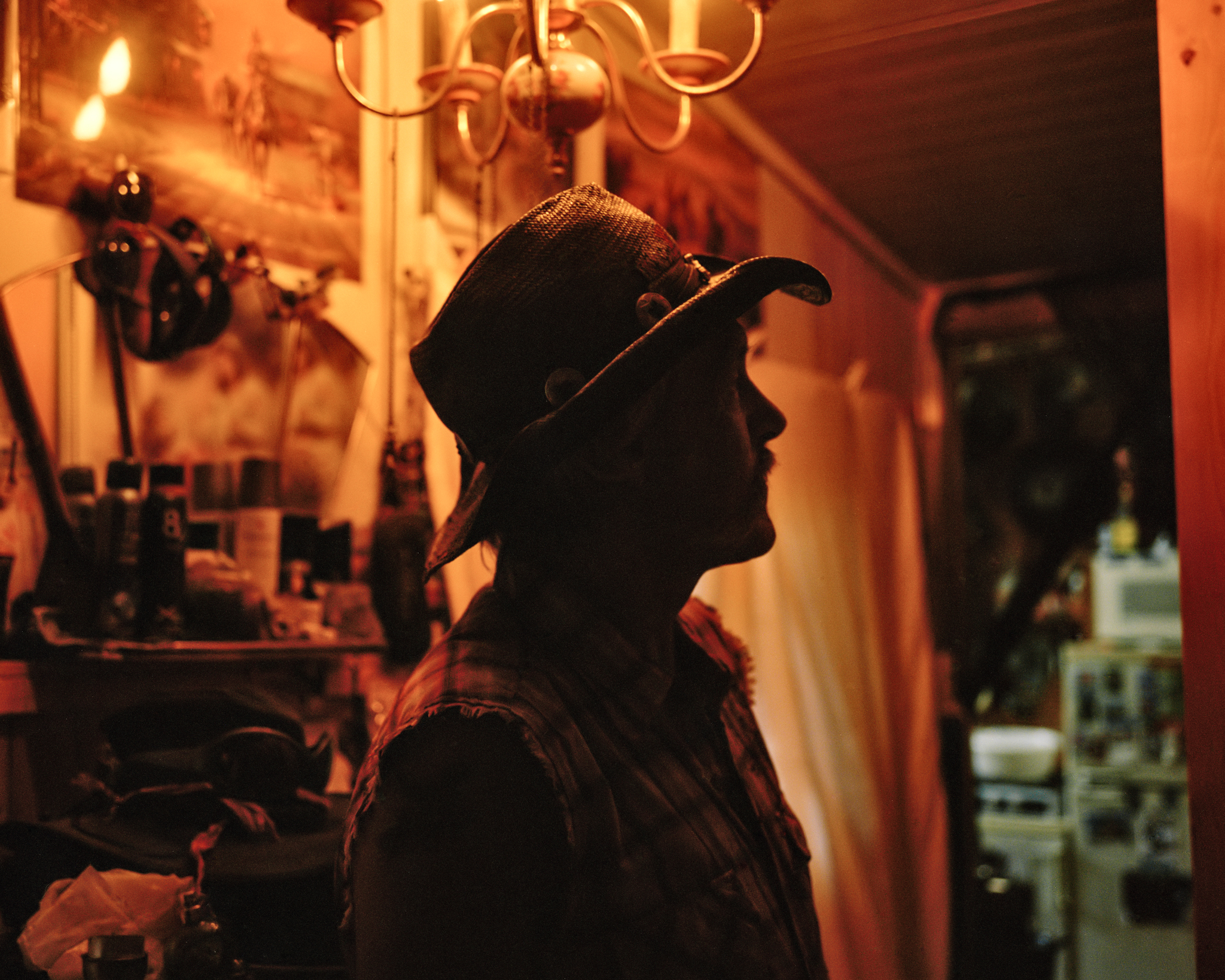









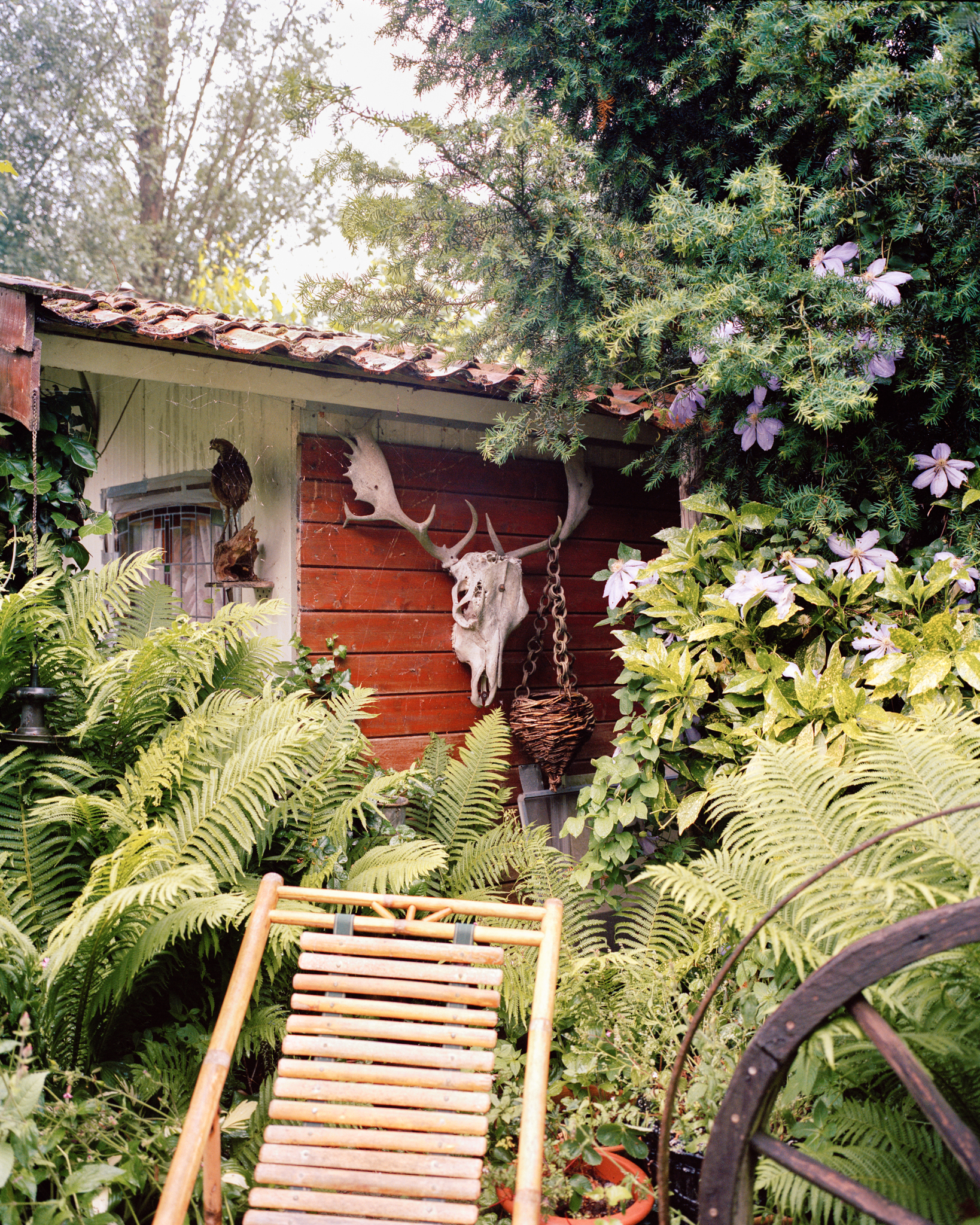

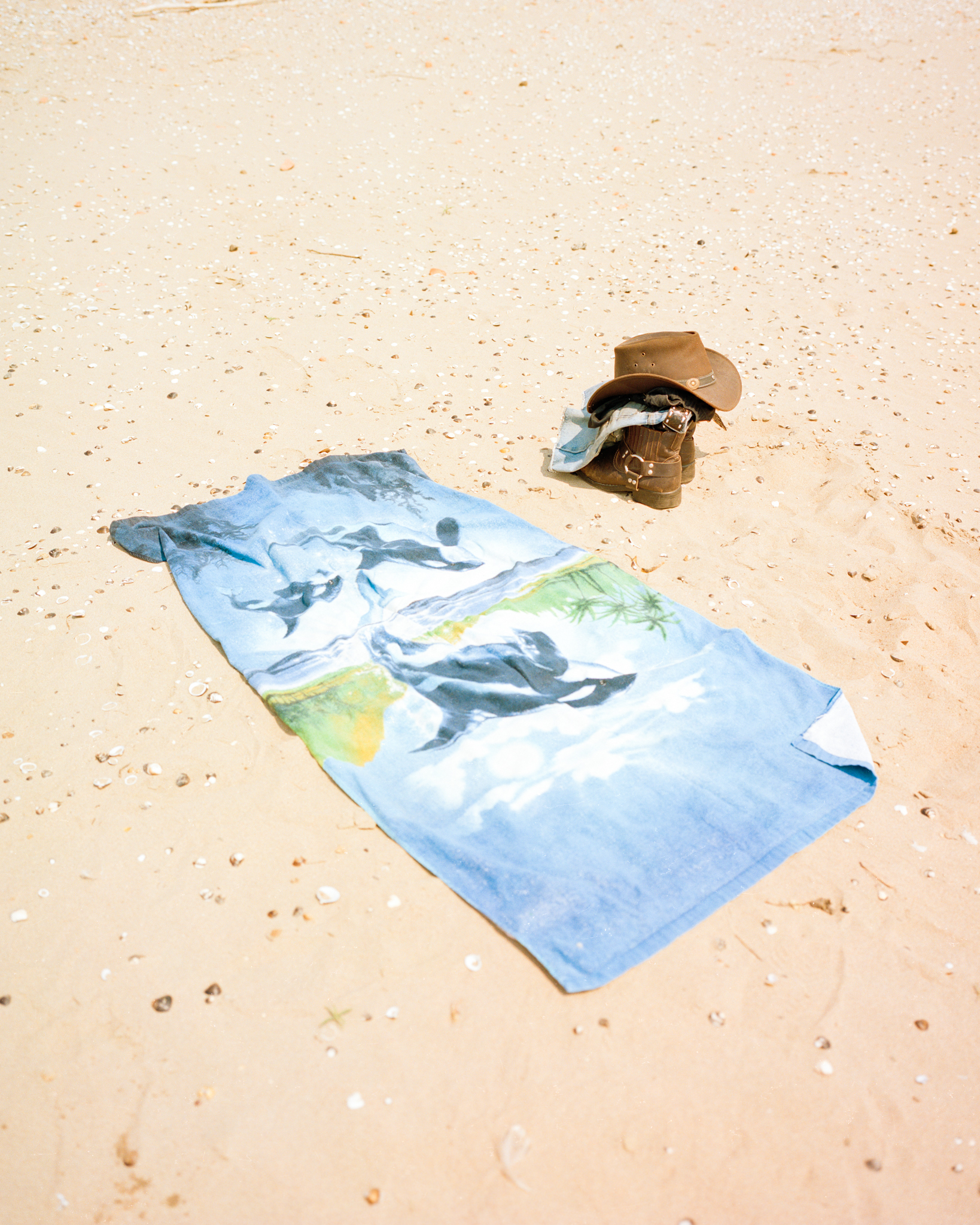
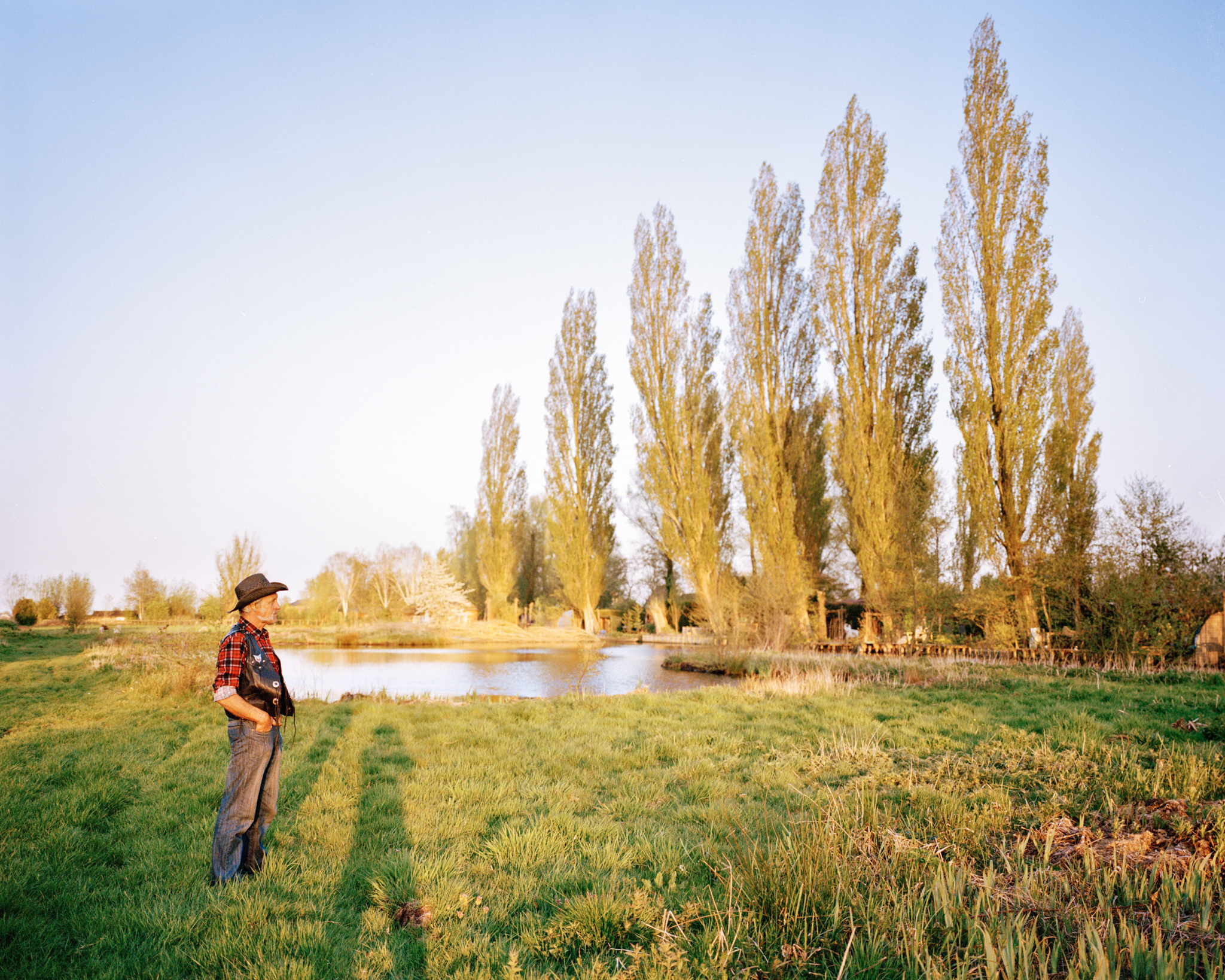
Hidden behind the greenery, between vast meadows with grazing cows and picturesque farming villages, lives the Dutch Cowboy Kees from Kamerik. Kees chose to leave the modern and stressful society behind and lead a simple and pure life in a little wooden cabin surrounded by nature. Inspired by the old cowboys he lives by his own rules, Cowboy Kees’s rules of life.
With his typical cowboy hat, leather boots and big gray mustache, Kees looks like he came walking straight out of a Western. Although he doesn't ride a horse or roundup cattle, he does share the same values as the cowboys. For Kees, the cowboy life is all about freedom, listening to your intuition and feeling connected to nature. In his self-created cowboy world Kees enjoys the simple things in life.
The pure and free-spirited Kees intrigued me and in the past five years I often visited him, hoping to become a little more cowboy myself. A special friendship formed between us and I learned that Kees's basic and reclusive lifestyle was not only born out of idealism, but also out of necessity. When at some point in his life Kees lost almost everything that was dear to him, he realised that the most essential thing we have here on earth could not be taken away from him: nature.
The power of nature gave Kees the energy to slowly blossom again. He taught me that being a cowboy is not just about wearing a cool hat and leather boots, it’s about the lifestyle that it represents. Simple and pure, back to nature. We need cowboys like Kees to realise what life is really about. Kees is my natural self-help book in our modern society and he might just become yours too.
The Cowboy Kees photobook.
Click on the book for more information.

Exhibition of Cowboy Kees at Fotofestival Naarden (2021) and the graduation show at the Royal Academy of Art, The Hague (2020).



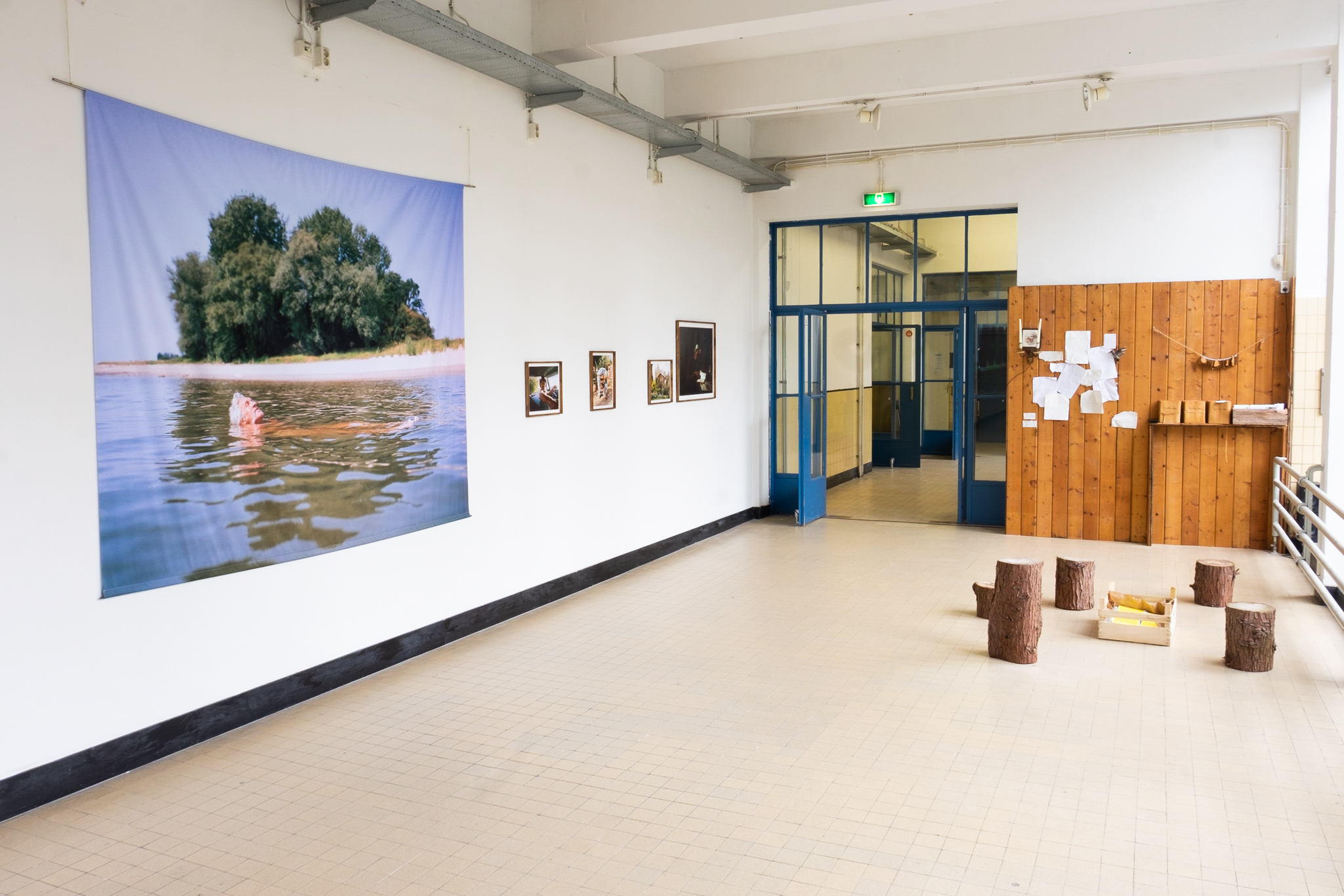
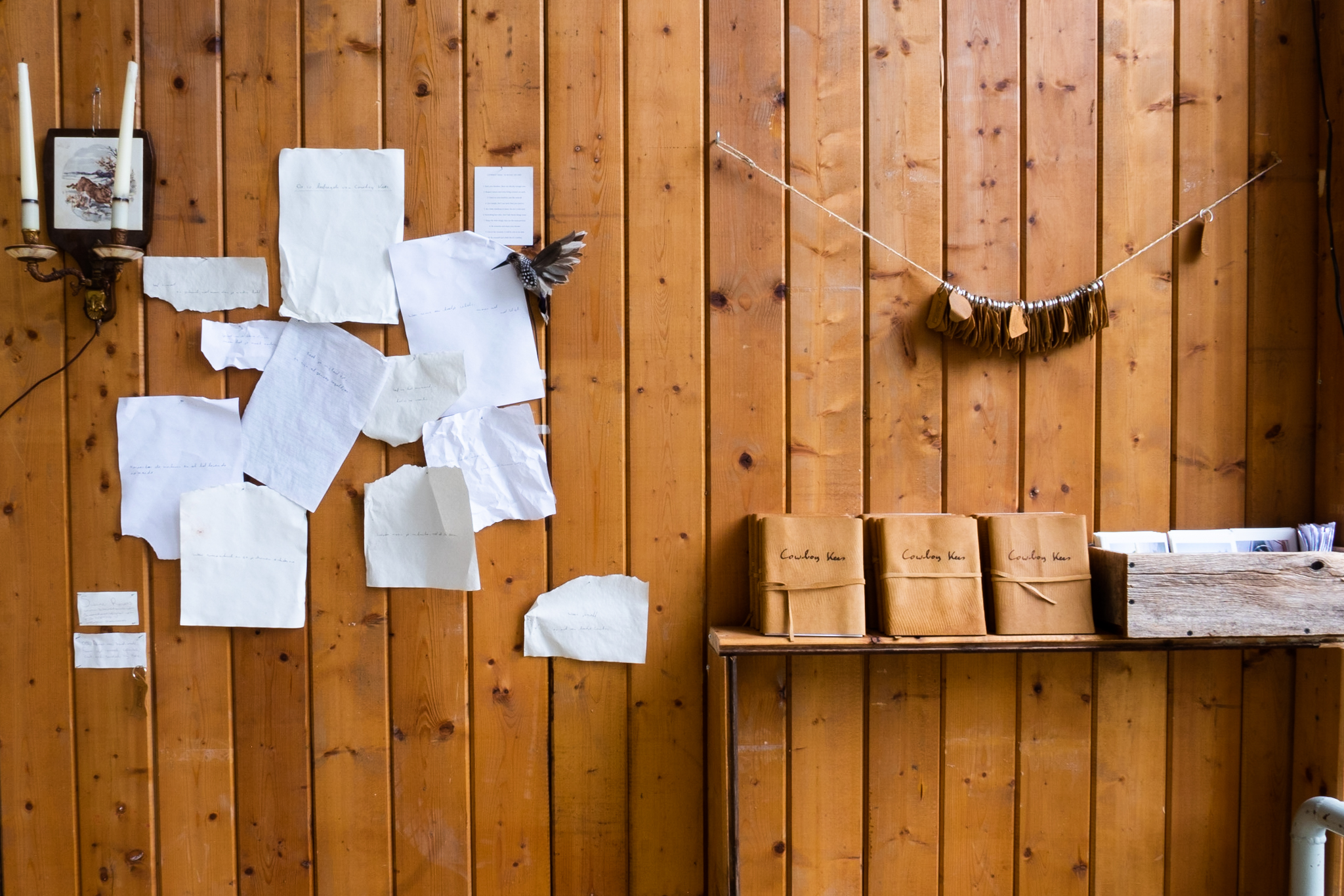
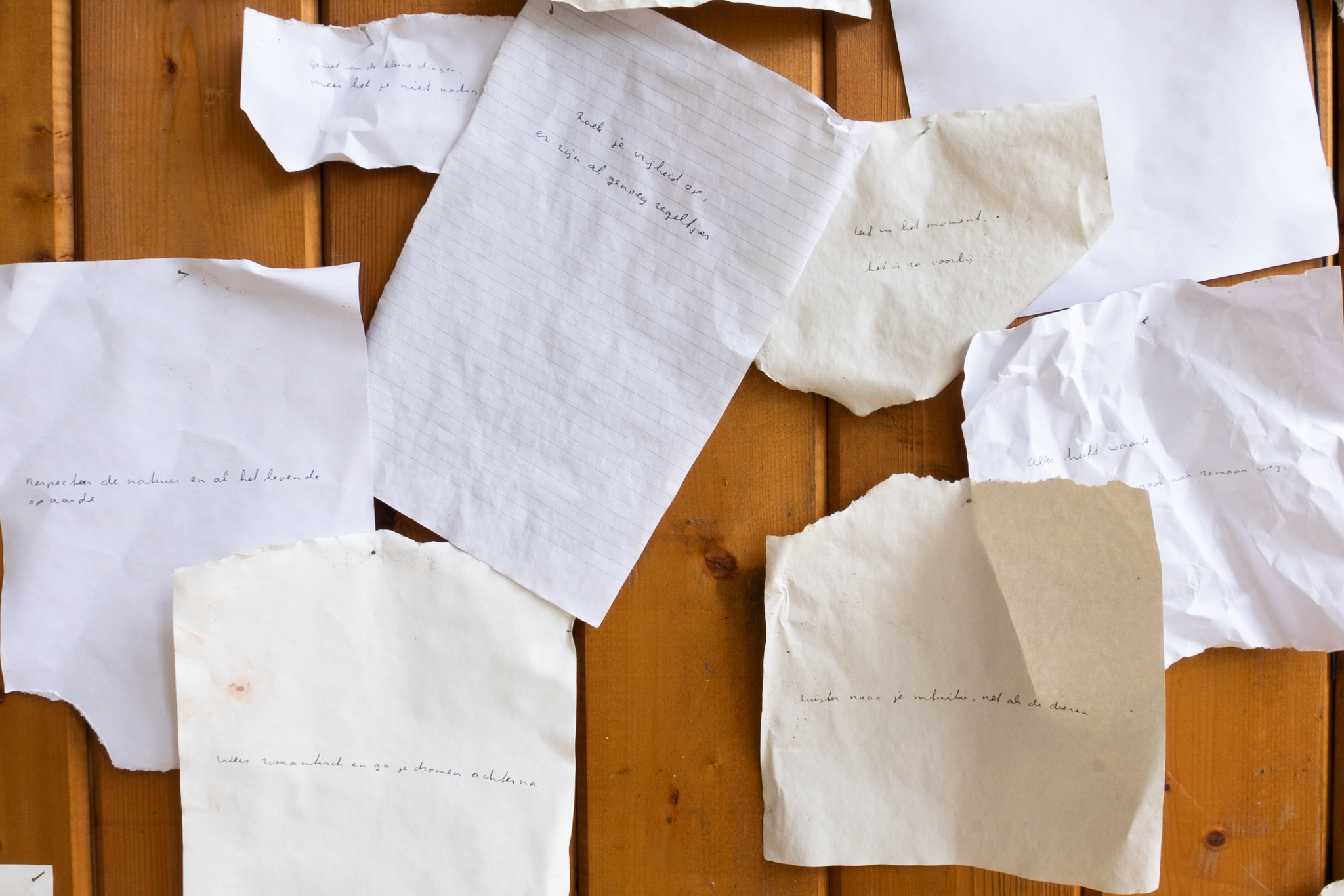


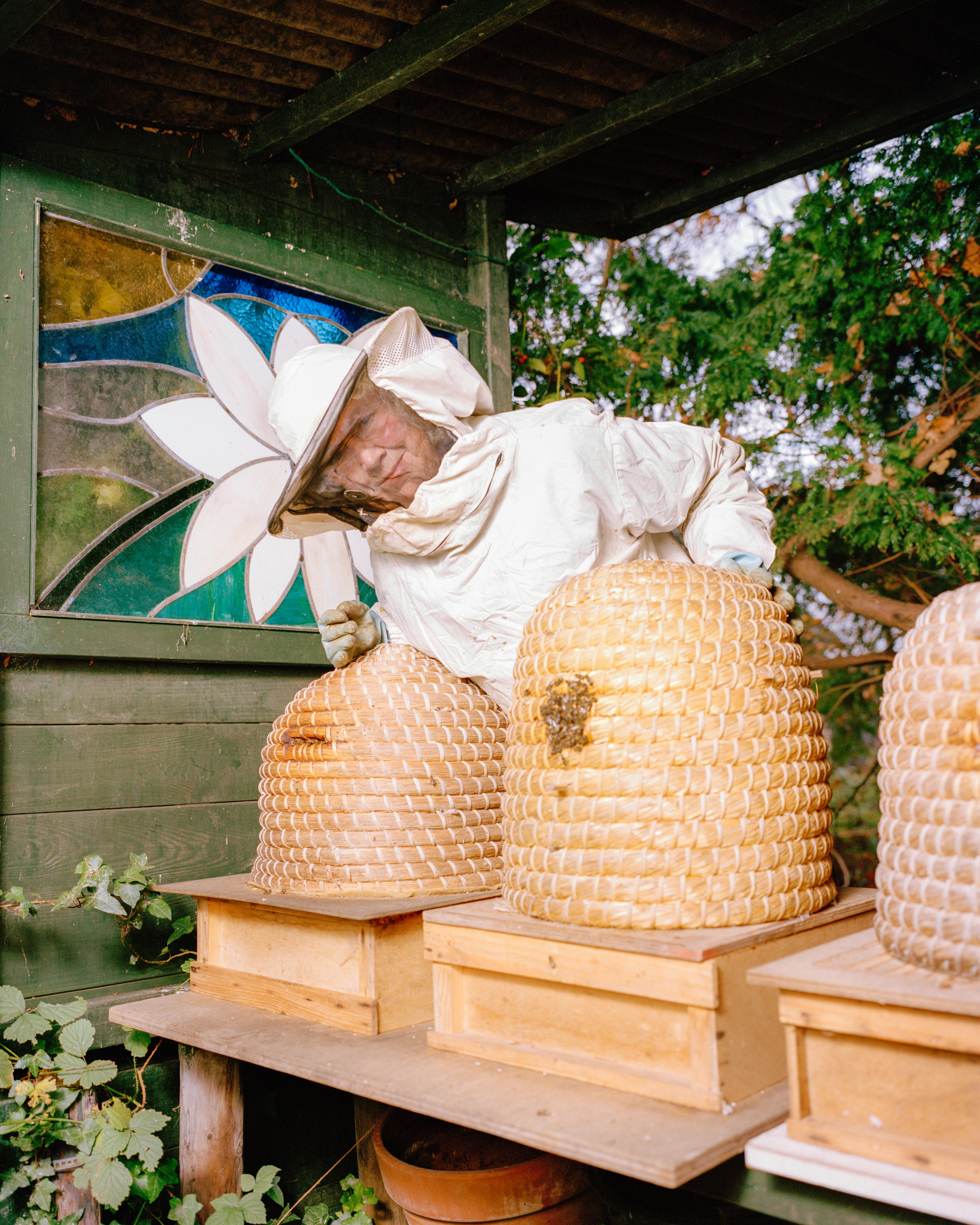
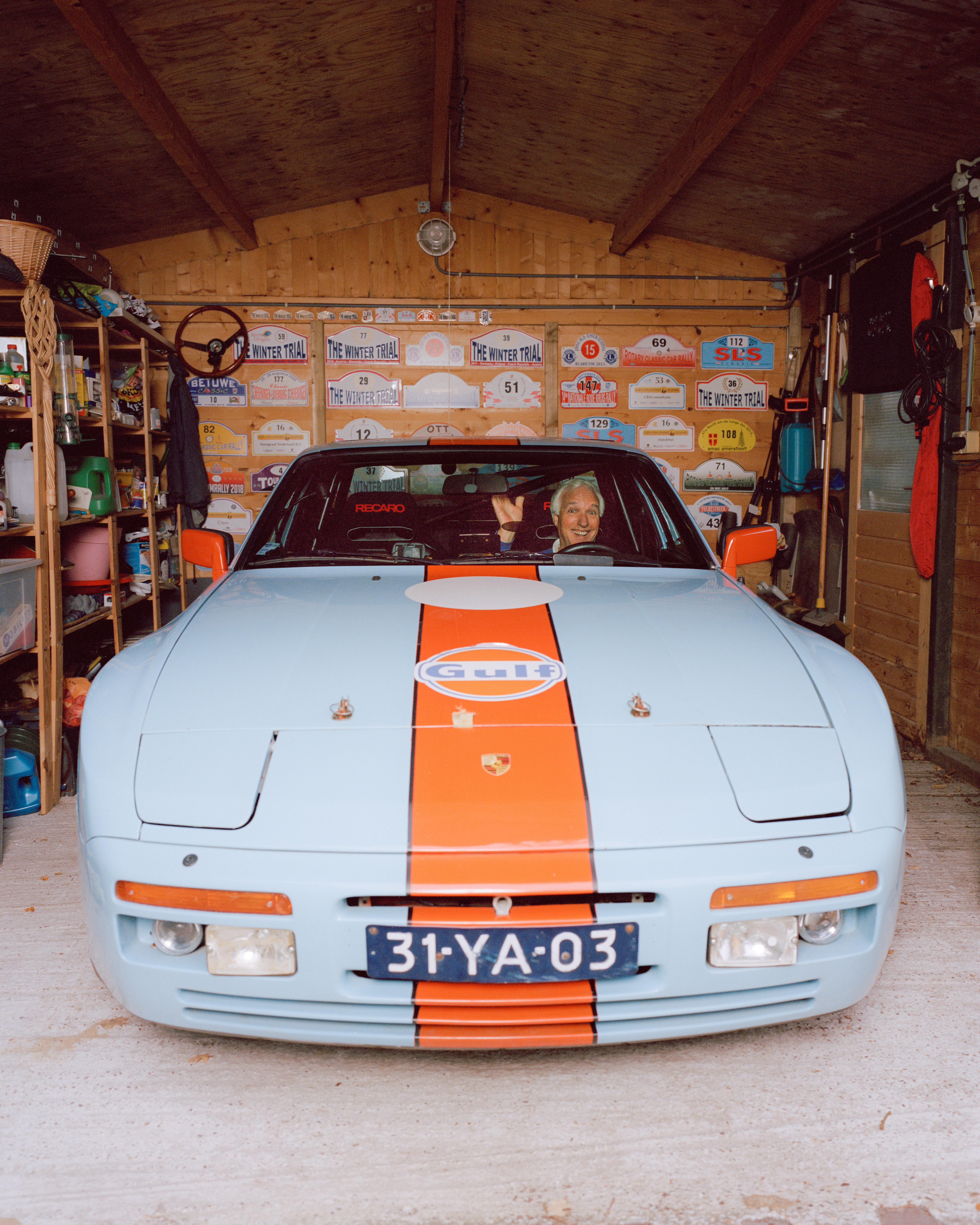


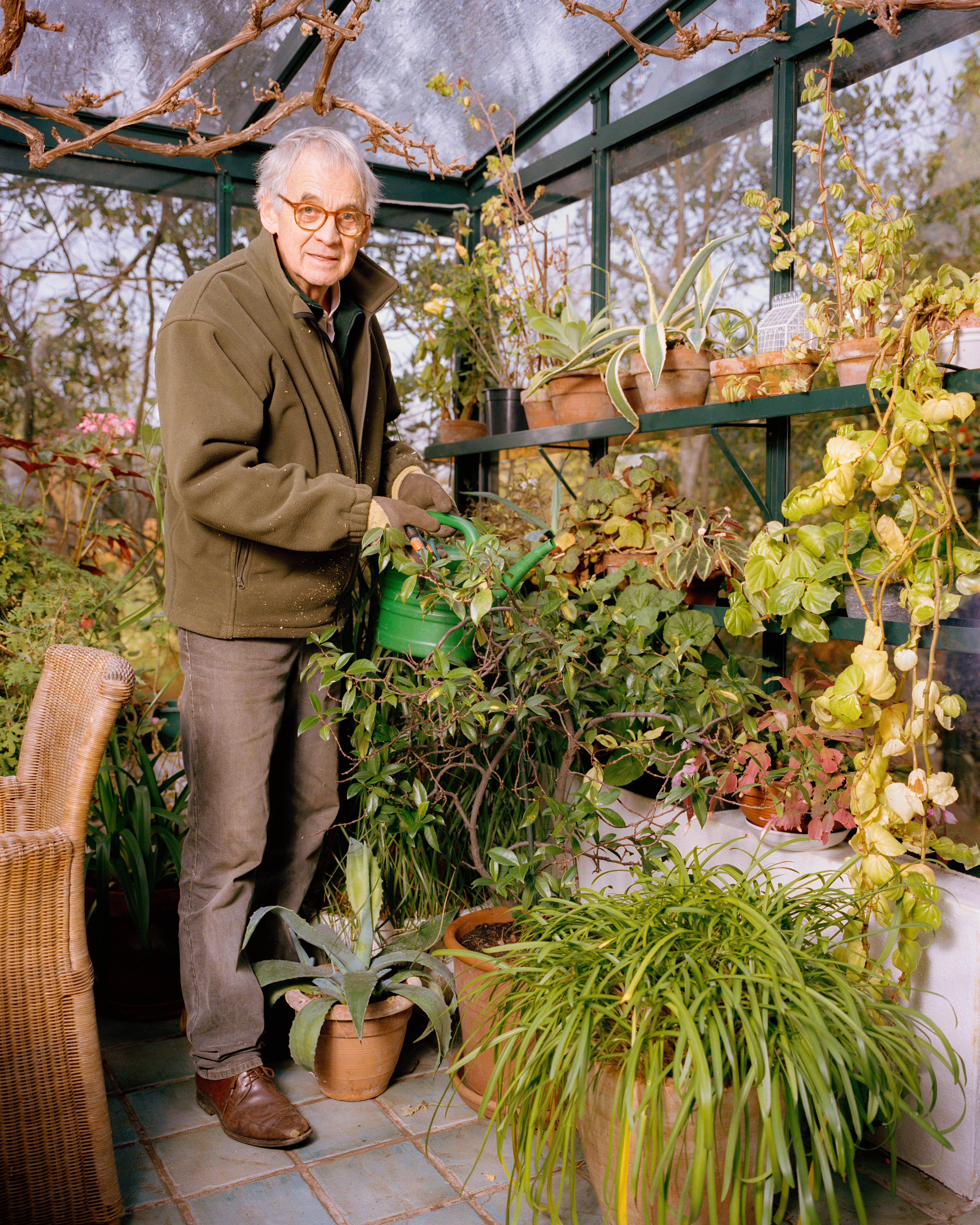





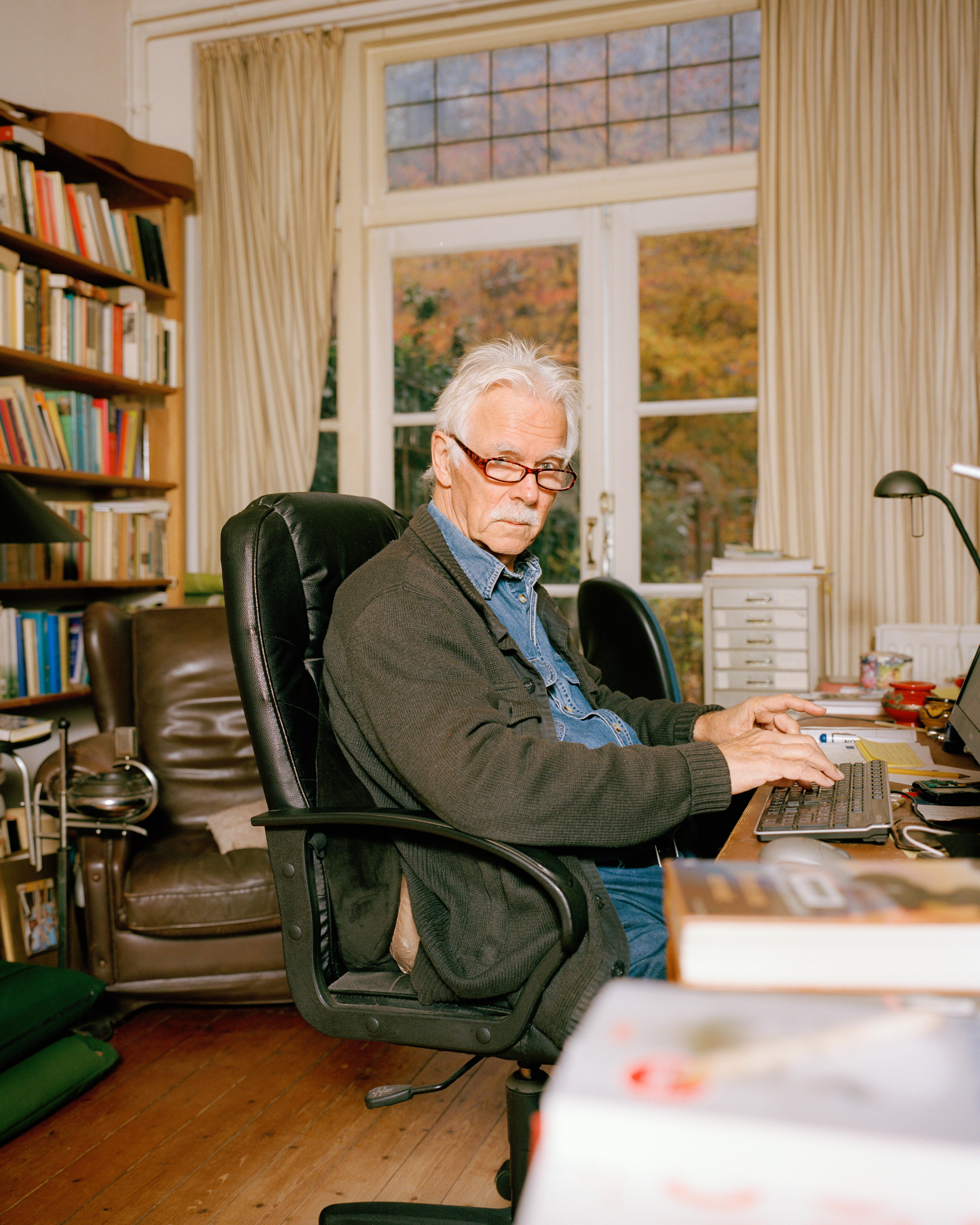

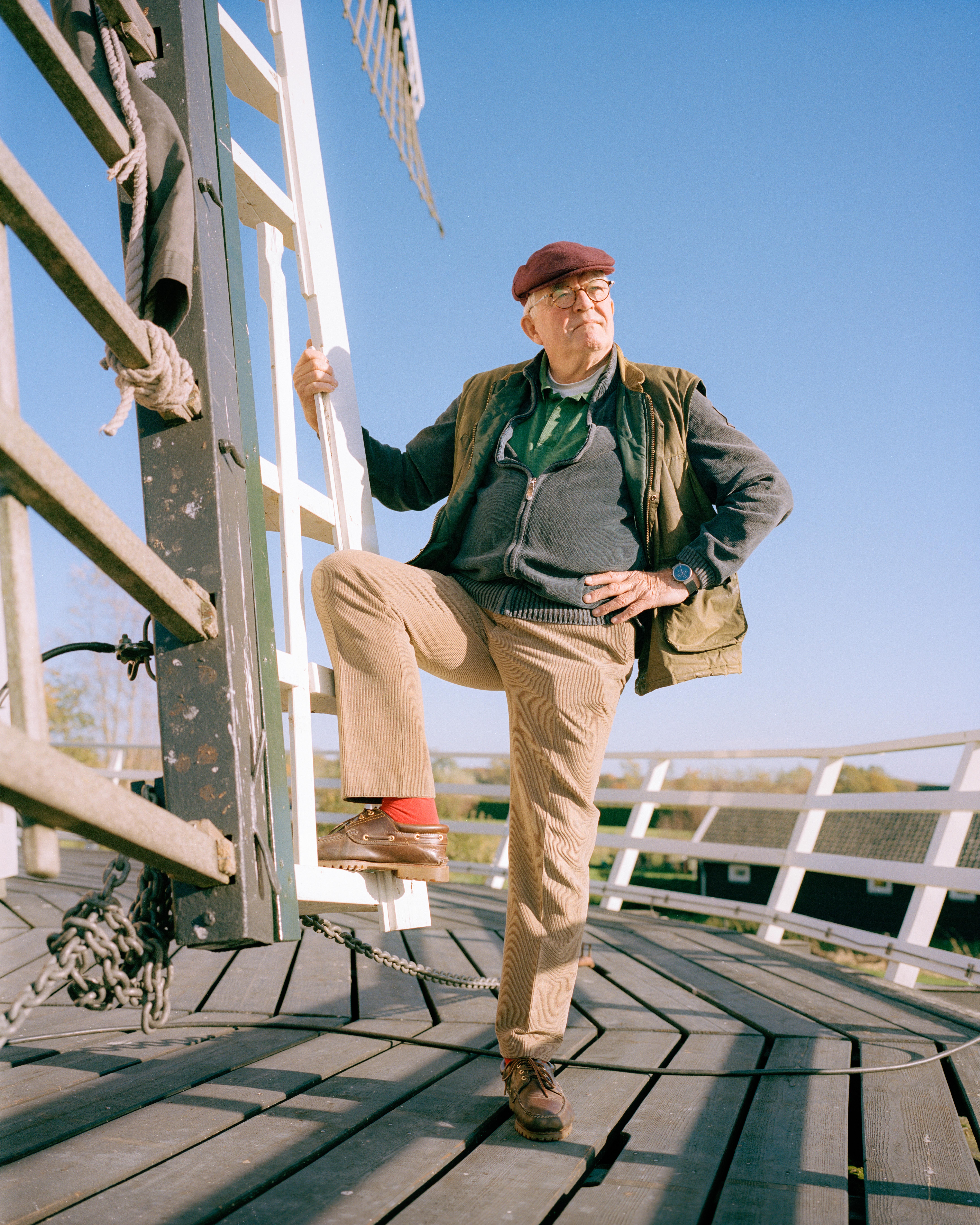




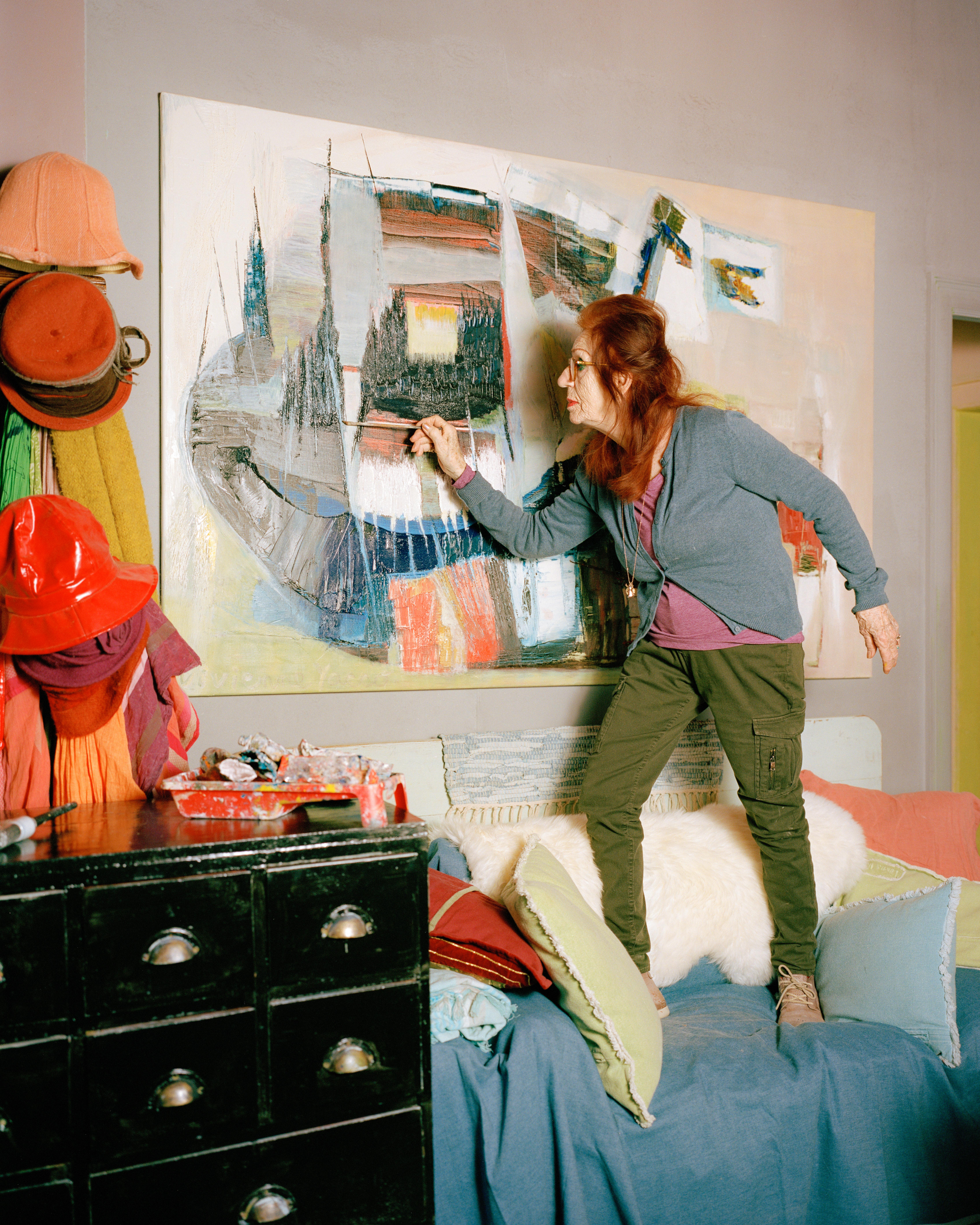

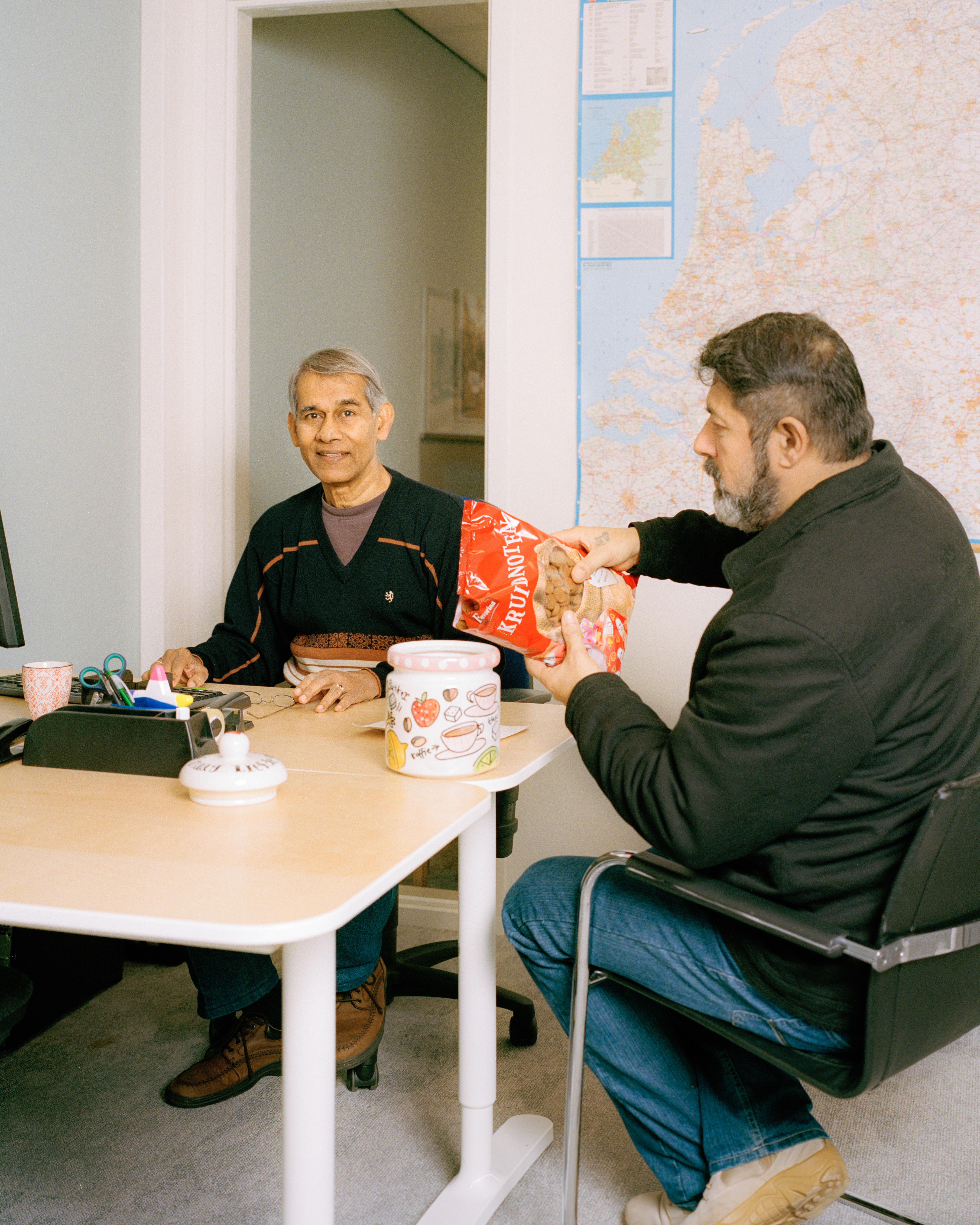

Wat te doen, na je pensioen?
Een bron van inspiratie voor mijn vader en elke andere (aanstormende) pensionado
Met pensioen gaan is een belangrijke mijlpaal. Het is een nieuwe levensfase die een drastische verandering met zich mee brengt. Geen deadlines, geen vergaderingen, geen collega’s, geen overuren en geen druk meer. Hiermee gaat echter ook een plek en een doel in ons leven verloren, die een groot deel van onze identiteit definieerde. Mijn vader gaat volgend jaar met pensioen, na meer dan veertig jaar hoeft hij niet meer om 6 uur ’s ochtends op te staan, zijn net gestreken shirt aan te trekken en een kopje koffie te drinken, voordat hij de deur uitgaat. Ik kan zien dat hij het spannend vindt om binnenkort te moeten stoppen met werken. Een plek waar hij meer dan 100,000 uur zal hebben gespendeerd.
Nu de bevolking van Nederland aan het vergrijzen is en we steeds langer leven, is het nòg belangrijker geworden om iets te vinden wat we leuk vinden, een activiteit die ons verbindt en betekenis geeft aan ons pensioen. Ik heb 22 gepensioneerden gefotografeerd, onder andere Karel, Niny, Rob, Thecla en Pieter, allemaal met verschillende hobby’s en interesses. Zij hebben besloten niet te gaan zitten wachten tot het laatste kwart van hun leven is geëindigd, maar om deze nieuwe fase te ontdekken en onze perceptie van leeftijd en zijn beperkingen uit te dagen.
Gepubliceerd in het NRC en FNV Magazine.
![]()
![]()
![]()
![]()
![]()
De ‘Wat te doen, na je pensioen’ weekkalender, een inspirerende vrijetijdskalender voor de (aanstormende) pensionado.Een bron van inspiratie voor mijn vader en elke andere (aanstormende) pensionado
Met pensioen gaan is een belangrijke mijlpaal. Het is een nieuwe levensfase die een drastische verandering met zich mee brengt. Geen deadlines, geen vergaderingen, geen collega’s, geen overuren en geen druk meer. Hiermee gaat echter ook een plek en een doel in ons leven verloren, die een groot deel van onze identiteit definieerde. Mijn vader gaat volgend jaar met pensioen, na meer dan veertig jaar hoeft hij niet meer om 6 uur ’s ochtends op te staan, zijn net gestreken shirt aan te trekken en een kopje koffie te drinken, voordat hij de deur uitgaat. Ik kan zien dat hij het spannend vindt om binnenkort te moeten stoppen met werken. Een plek waar hij meer dan 100,000 uur zal hebben gespendeerd.
Nu de bevolking van Nederland aan het vergrijzen is en we steeds langer leven, is het nòg belangrijker geworden om iets te vinden wat we leuk vinden, een activiteit die ons verbindt en betekenis geeft aan ons pensioen. Ik heb 22 gepensioneerden gefotografeerd, onder andere Karel, Niny, Rob, Thecla en Pieter, allemaal met verschillende hobby’s en interesses. Zij hebben besloten niet te gaan zitten wachten tot het laatste kwart van hun leven is geëindigd, maar om deze nieuwe fase te ontdekken en onze perceptie van leeftijd en zijn beperkingen uit te dagen.
Gepubliceerd in het NRC en FNV Magazine.



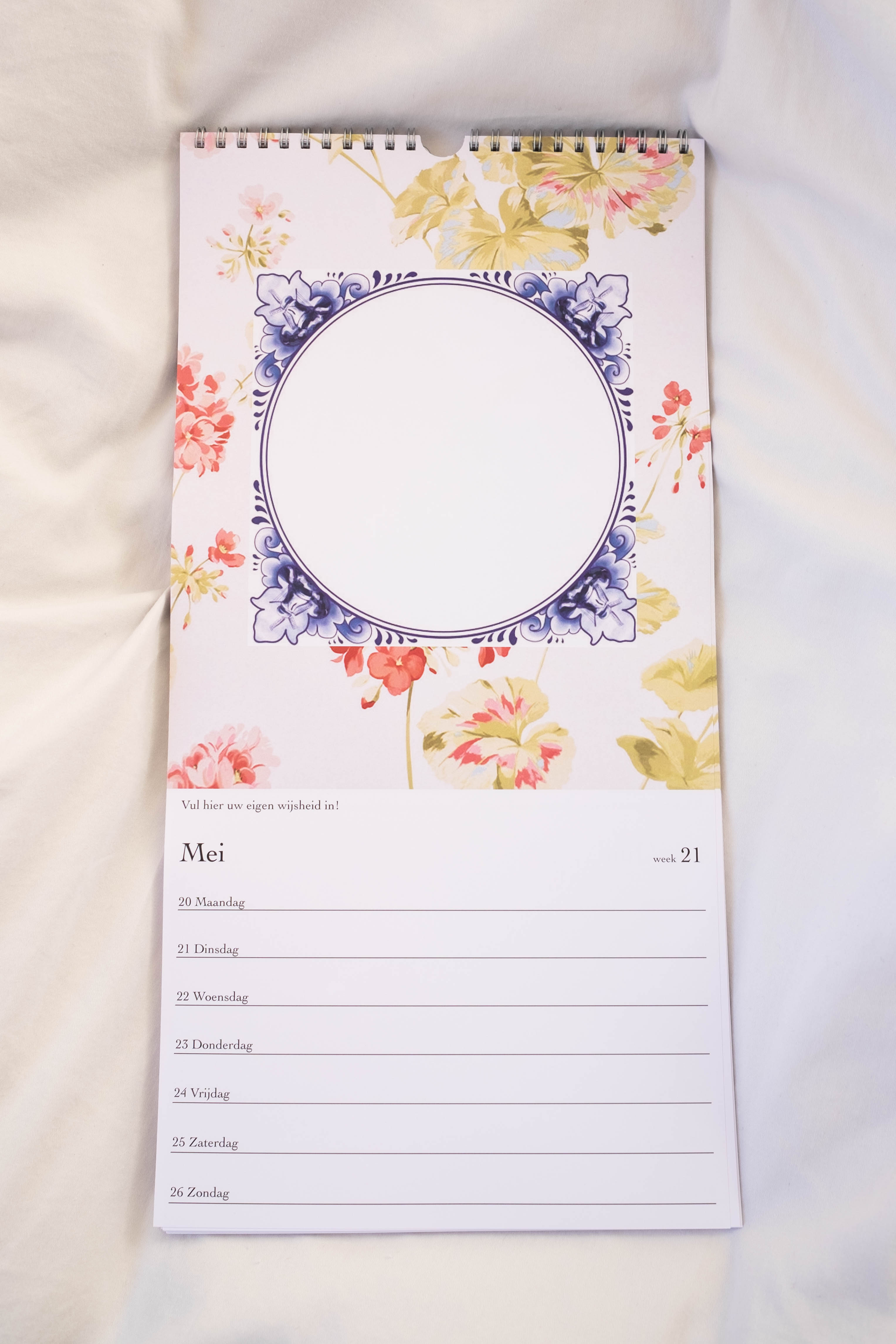
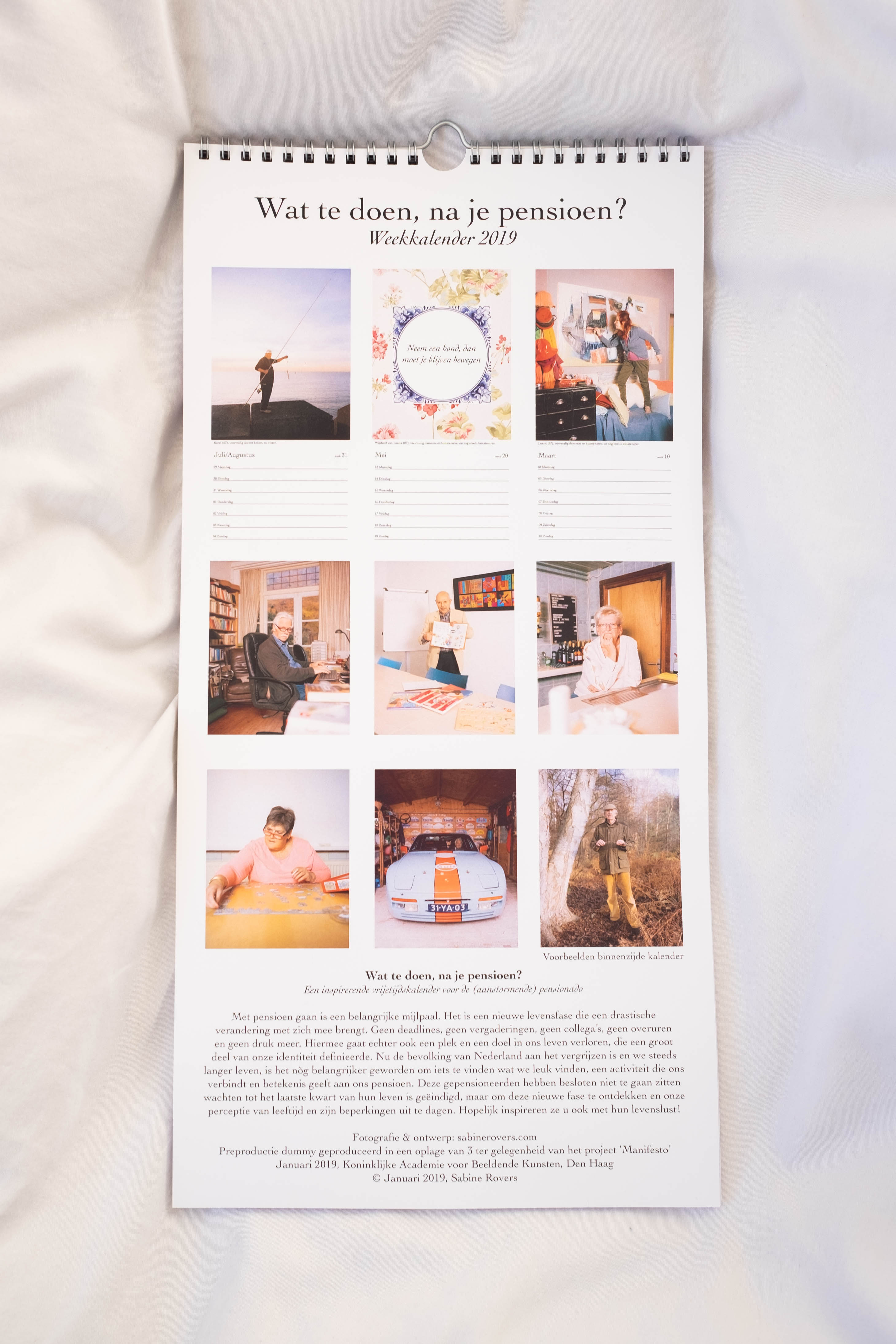
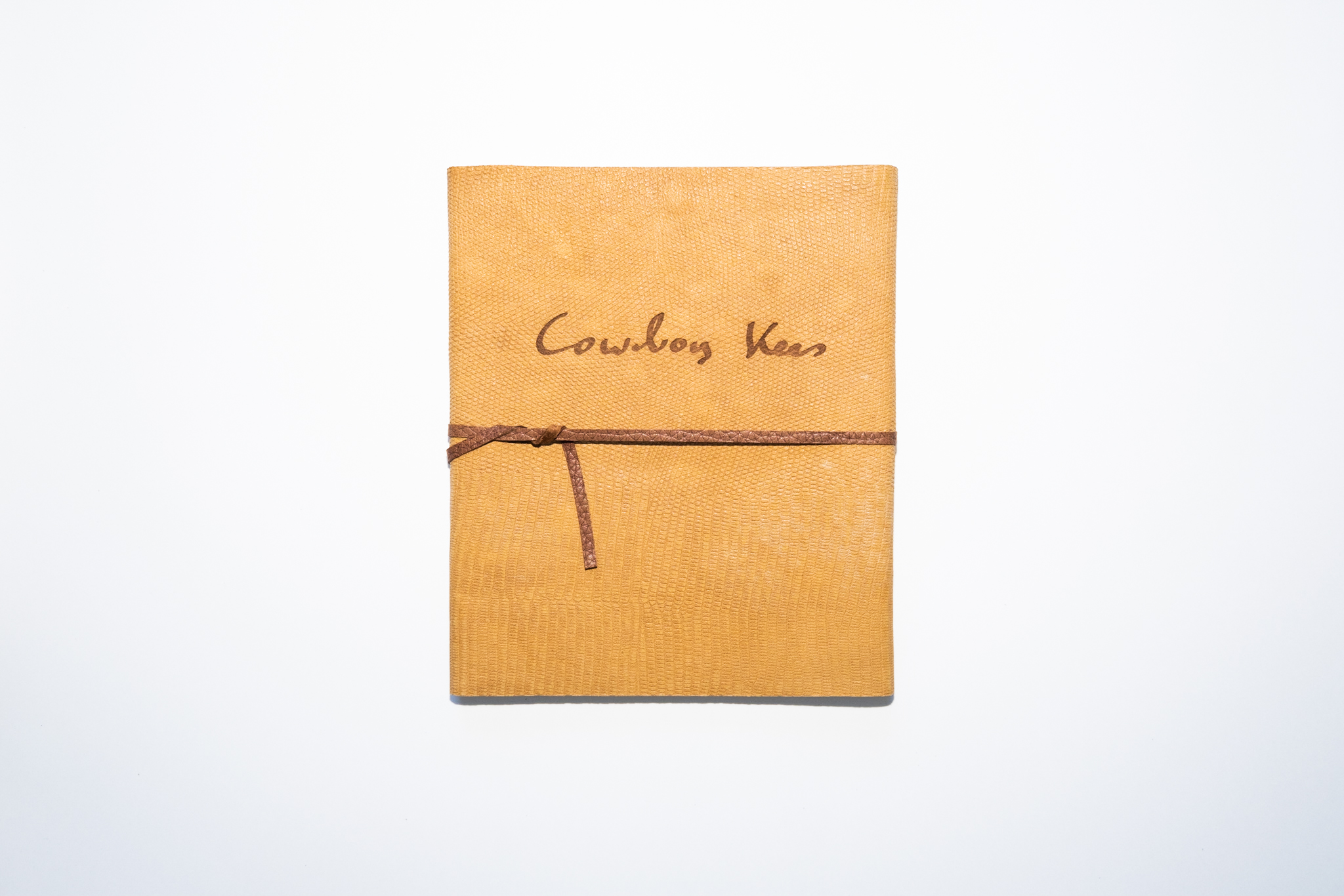



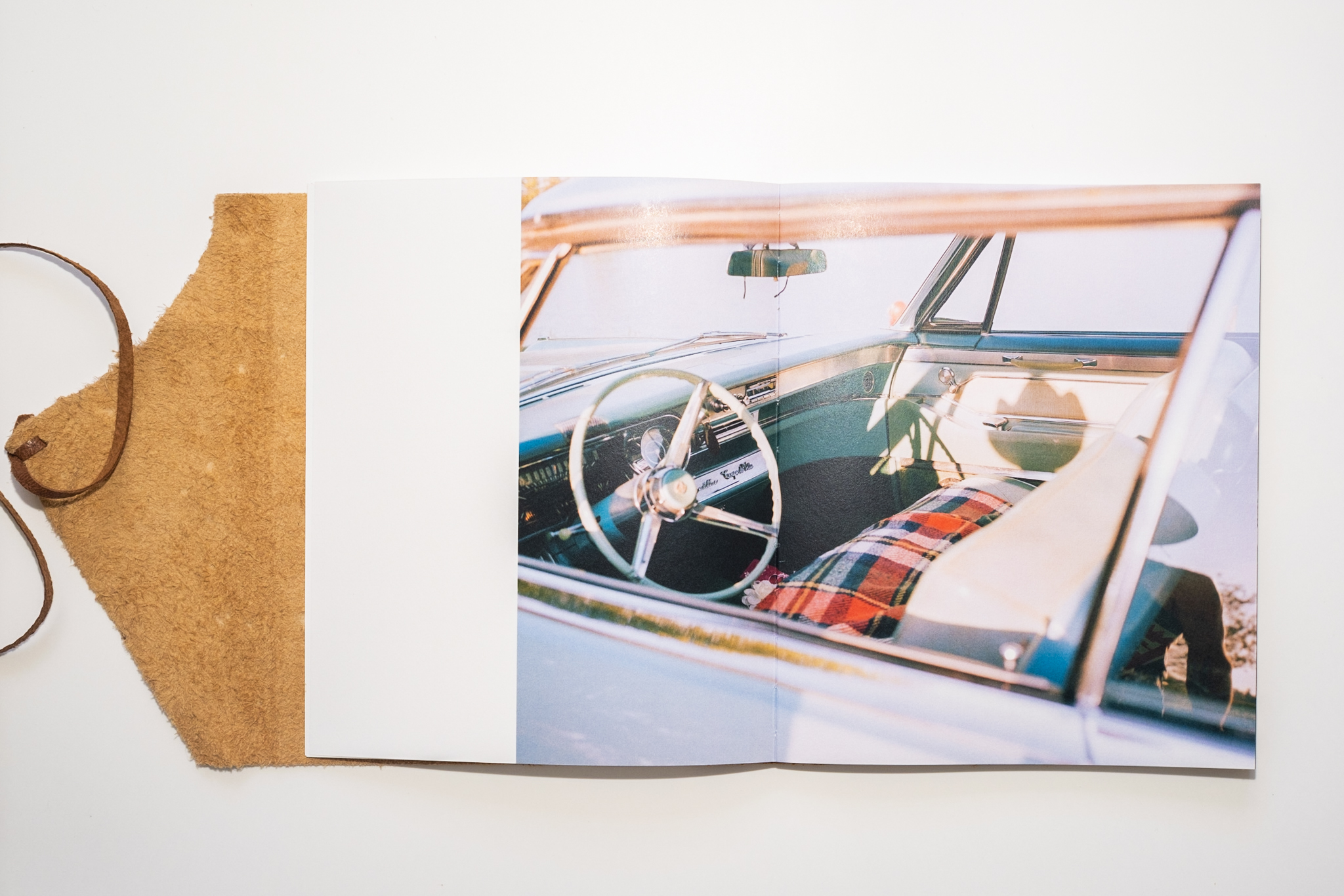



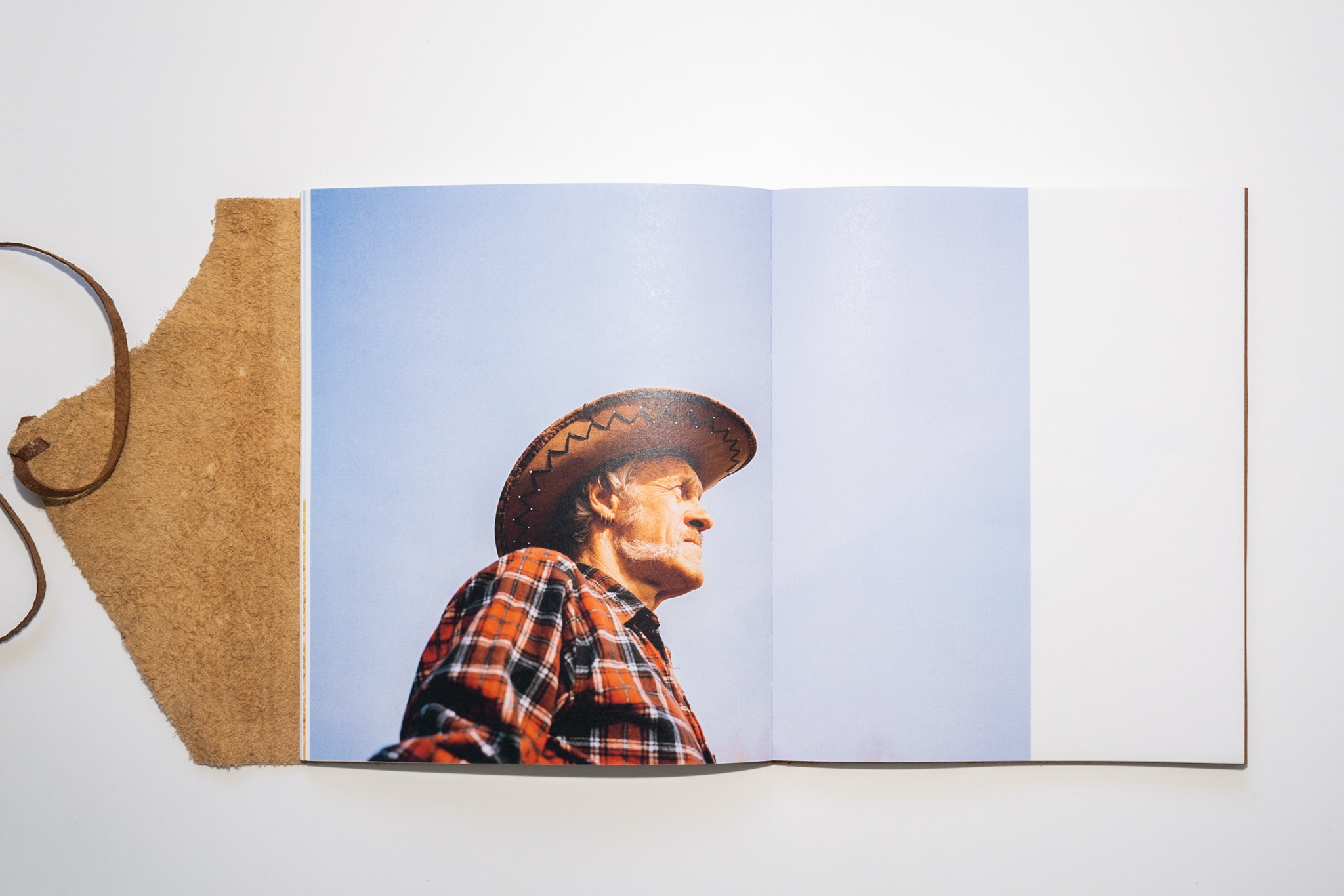

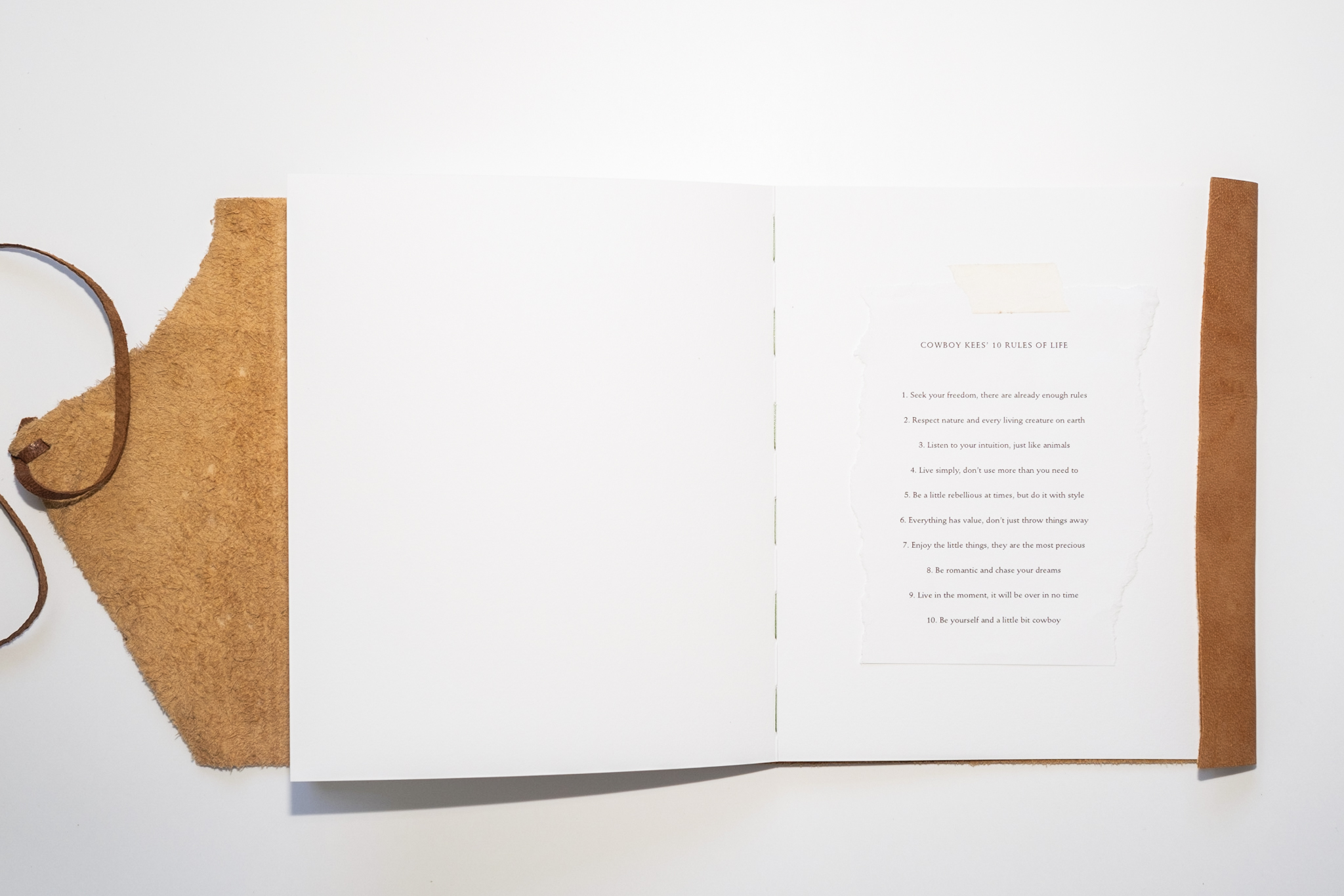

Cowboy Kees - Sold out
The second edition and special edition of the Cowboy Kees photobook are unfortunately sold out.
Photography, text and concept by Sabine Rovers.
Design in collaboration with Studio Spikkel.
Lithography by Marc Gijzen.
Printing by Drukkerij Raddraaier.
Binding by Agia.
Cover made from leather remnants from De Leerlooier.
Cover engraving by Meesterslijpers.
Dimensions 18 x 22 cm.
Second edition, printed in an edition of 100.
March, 2021.
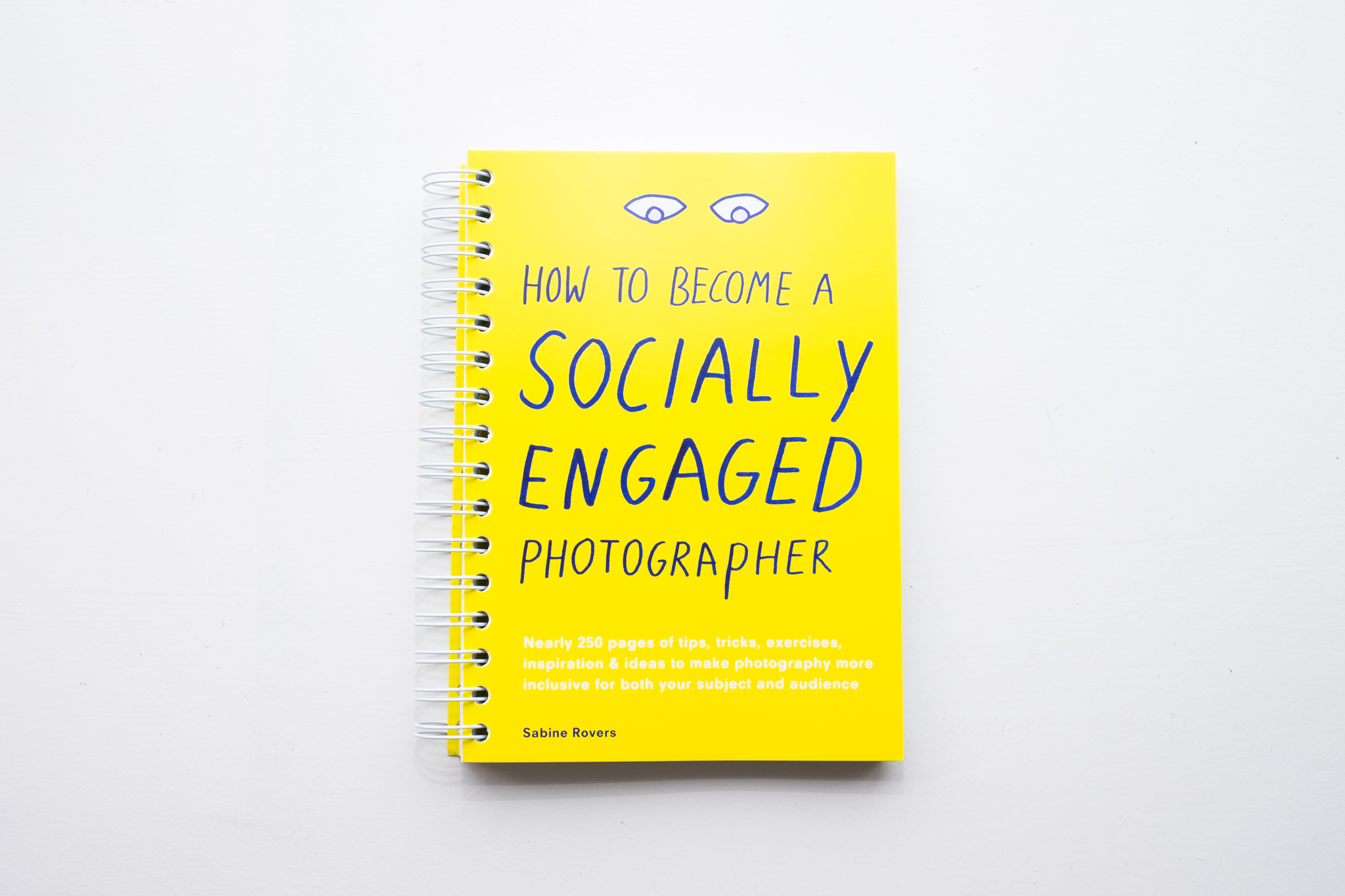
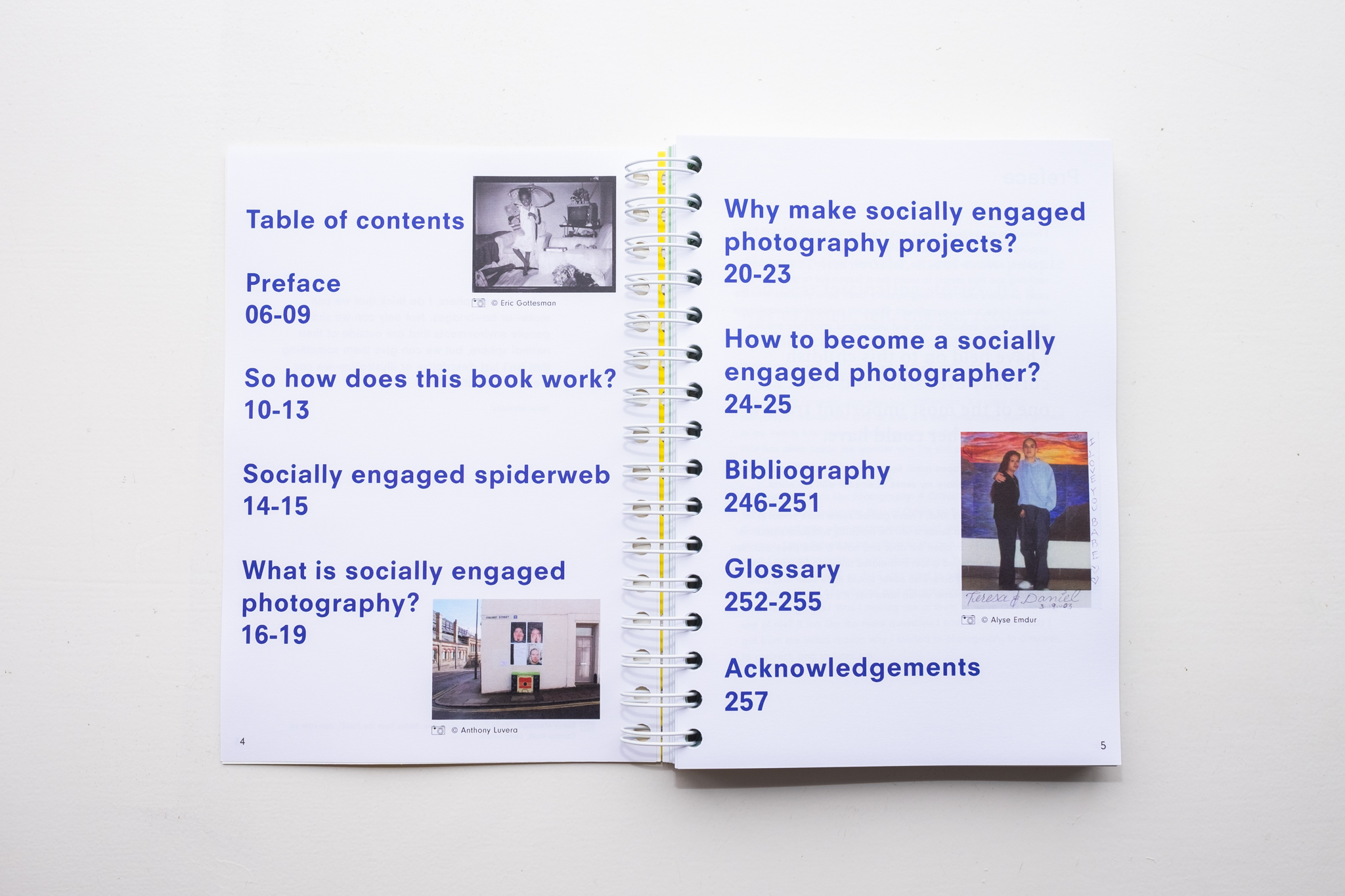
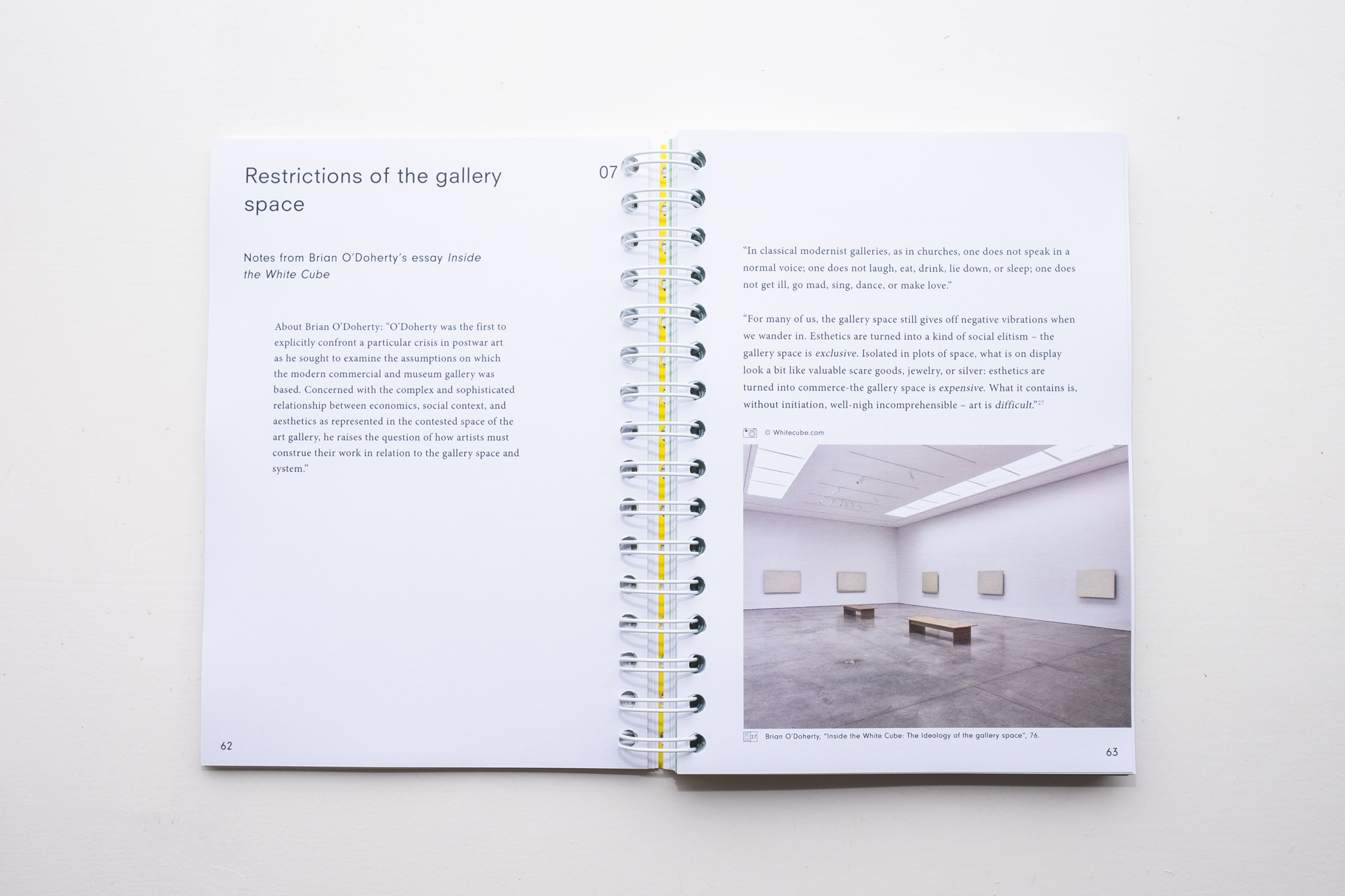

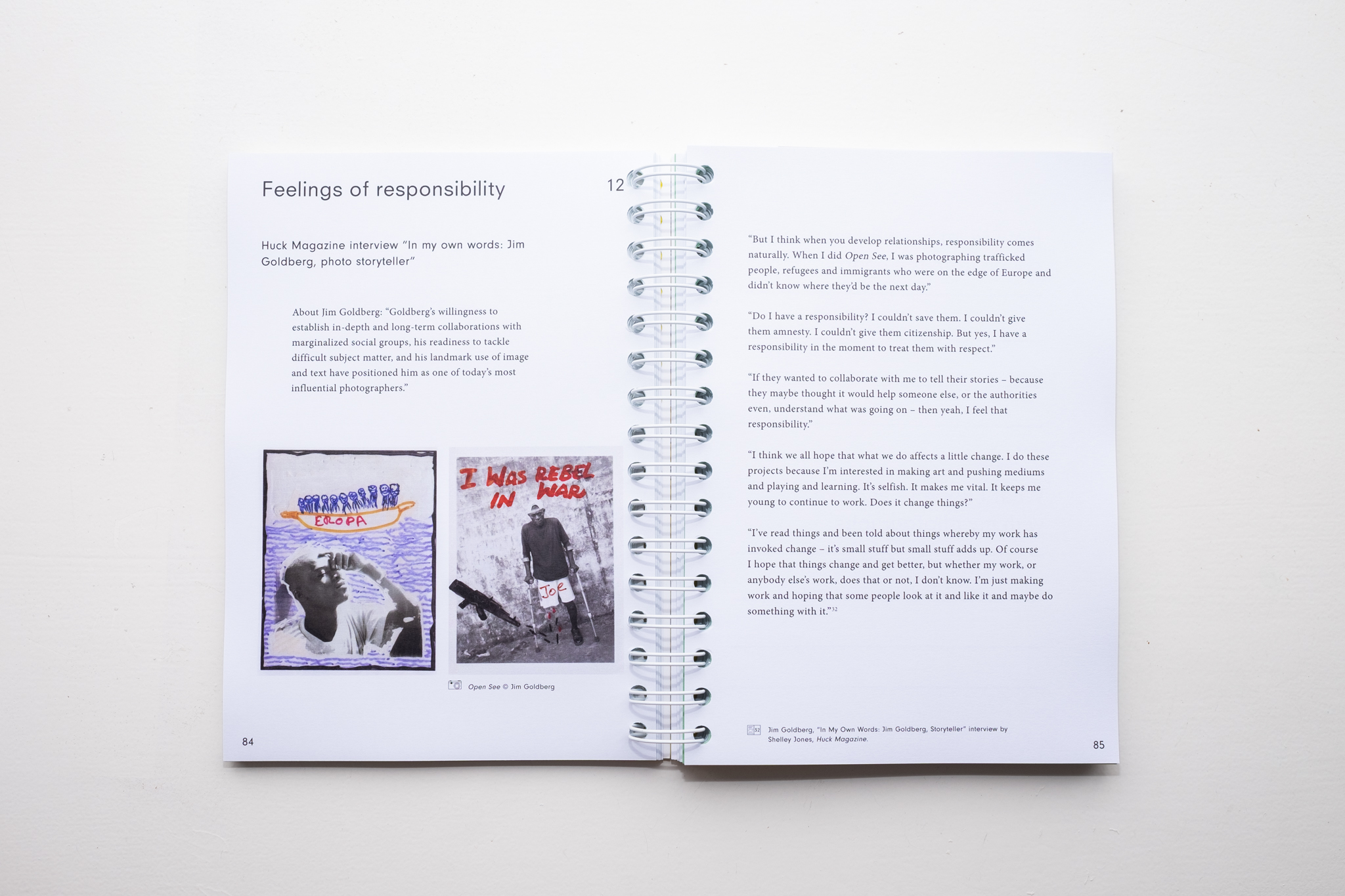

How to Become a Socially Engaged Photographer - only available as e-book
Nearly 250 pages of tips, tricks, exercises, inspiration & ideas to make photography more inclusive for both your subject and audience
This book is the book I wish I’d had in my photography studies.
It is a playful, exploratory and accessible book full of assignments for every photographer who wants to tell stories with people, instead of about them. It will introduce you to the concept of socially engaged photography and challenge you to incorporate participation and collaboration in your own photographic practice.
This book has no rules, no beginning and no end, no long dense texts, no facts you have to learn by heart and no tests you have to pass.
It does however require some other qualities from you. It asks for an open mind, a brave attitude, a listening ear, an empathetic heart and a willingness to collaborate with others around you.
Good luck, enjoy and engage!
Thesis publication for the Royal Academy of Art, The Hague.
Designed by Barbara Krantz.
May, 2020.
This physical version of this book is sold out, but you can now order a digital copy for €15,- by sending me an email: sabinerovers@gmail.com.
Interested in a photo on your own wall that isn’t shown below?
Send me an email for more information and possibilities: sabinerovers@gmail.com.
Poster prints
5 different photographs from my series ‘The Simple Act of Walking’.
Can be ordered with or without a handwritten title, edition and signature (see example).
Size: A3
Paper: Mat
Price: €25,- ex. shipping (+ €7,50 for NL).
Edition: 25
Frame not included.
To order a poster print, please send me a message with the posters you’d like, whether you’d like them titled and signed and your address to sabinerovers@gmail.com. I will provide you with the payment details. Thank you!

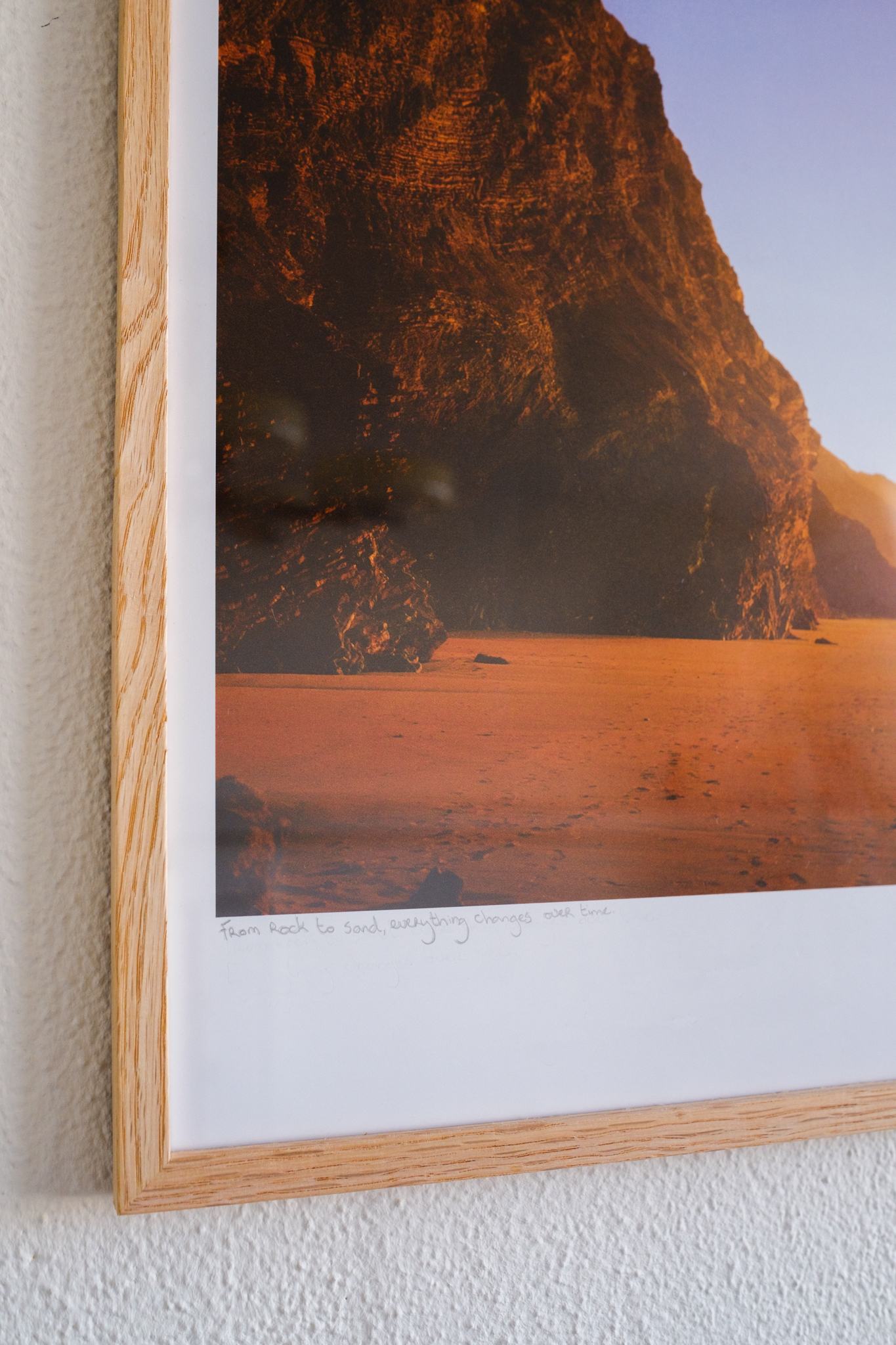


Options:


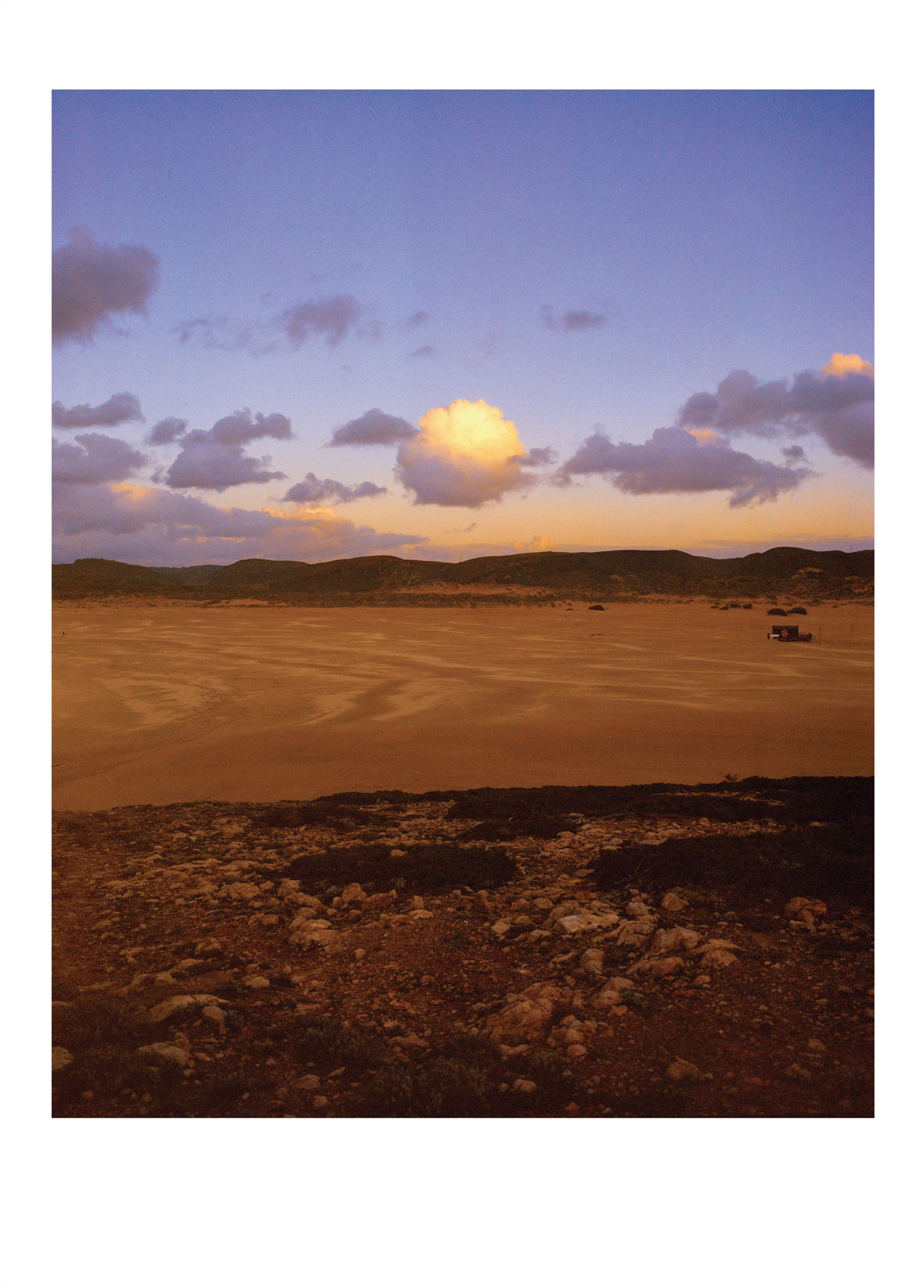
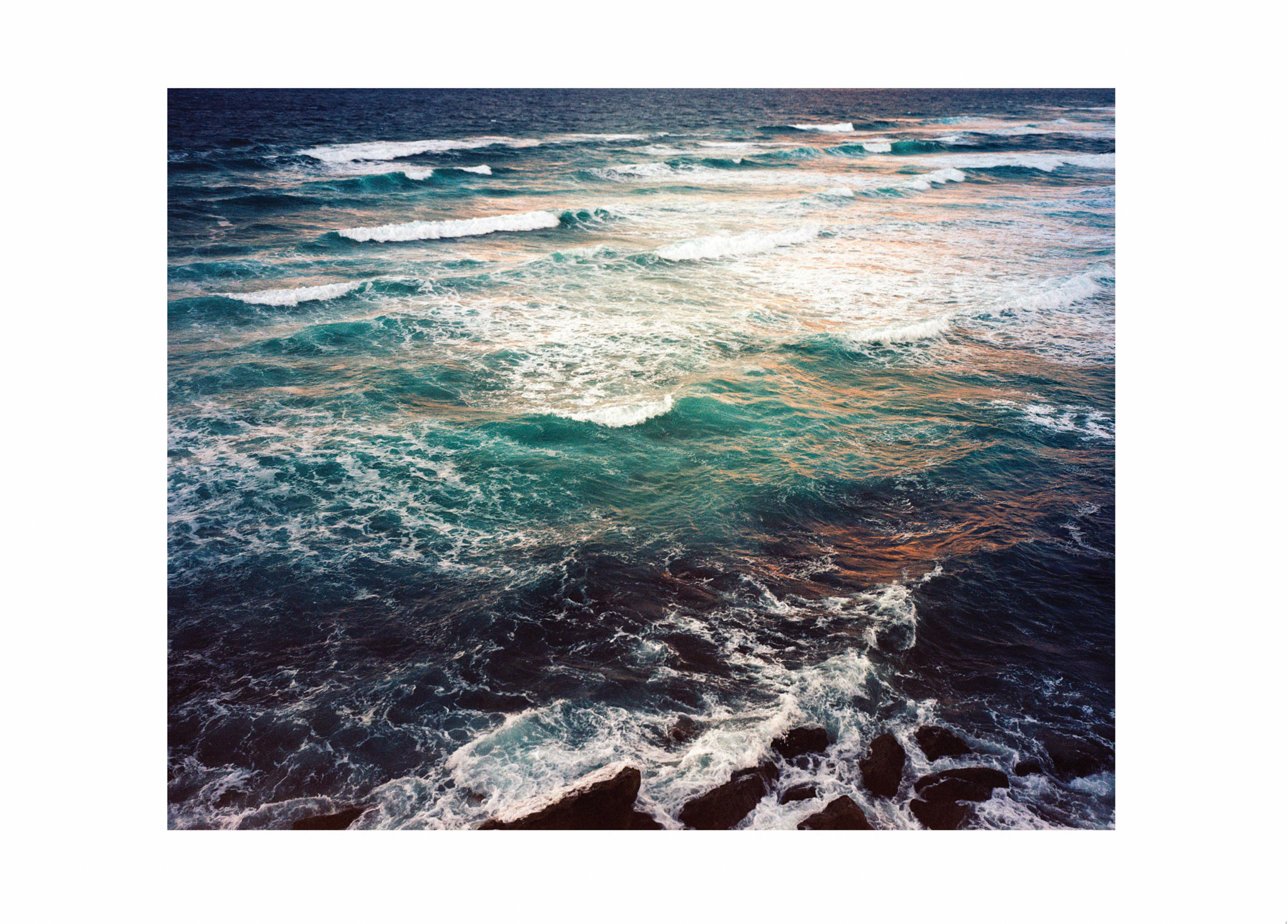

A selection of framed fine art prints from my Cowboy Kees series.
Framed in handmade, sustainable and locally sourced ash wood frames, with or without art glass by Goedman Lijstenmakers.
Print: Digital fine art print on Canson Platine paper mounted on aluminium, printed by Fotolab Amsterdam.
These photos are also available for rent.
You can rent a photo for as long as you like and swap it when you’d like a new one.
Once you’ve paid as much rent as the selling price of the photo, it’s yours!
Photos 1 and 7 are €5,- a month.
Photos 2, 3, 6 and 7 are €10 a month.
Photo 8 is €15 a month.
Photos 4 and 5 are already sold.
Interested? Send me an email: sabinerovers@gmail.com.
Sizes and prices for sale ex. vat:
Print + frame 16.5 x 21 = €190
Print + frame 23.5 x 29.5 = €215
Print + frame 30 x 37 = €240
Print + frame with art glass 60 x 75 = €490
Edition: 10 + 2 AP.



